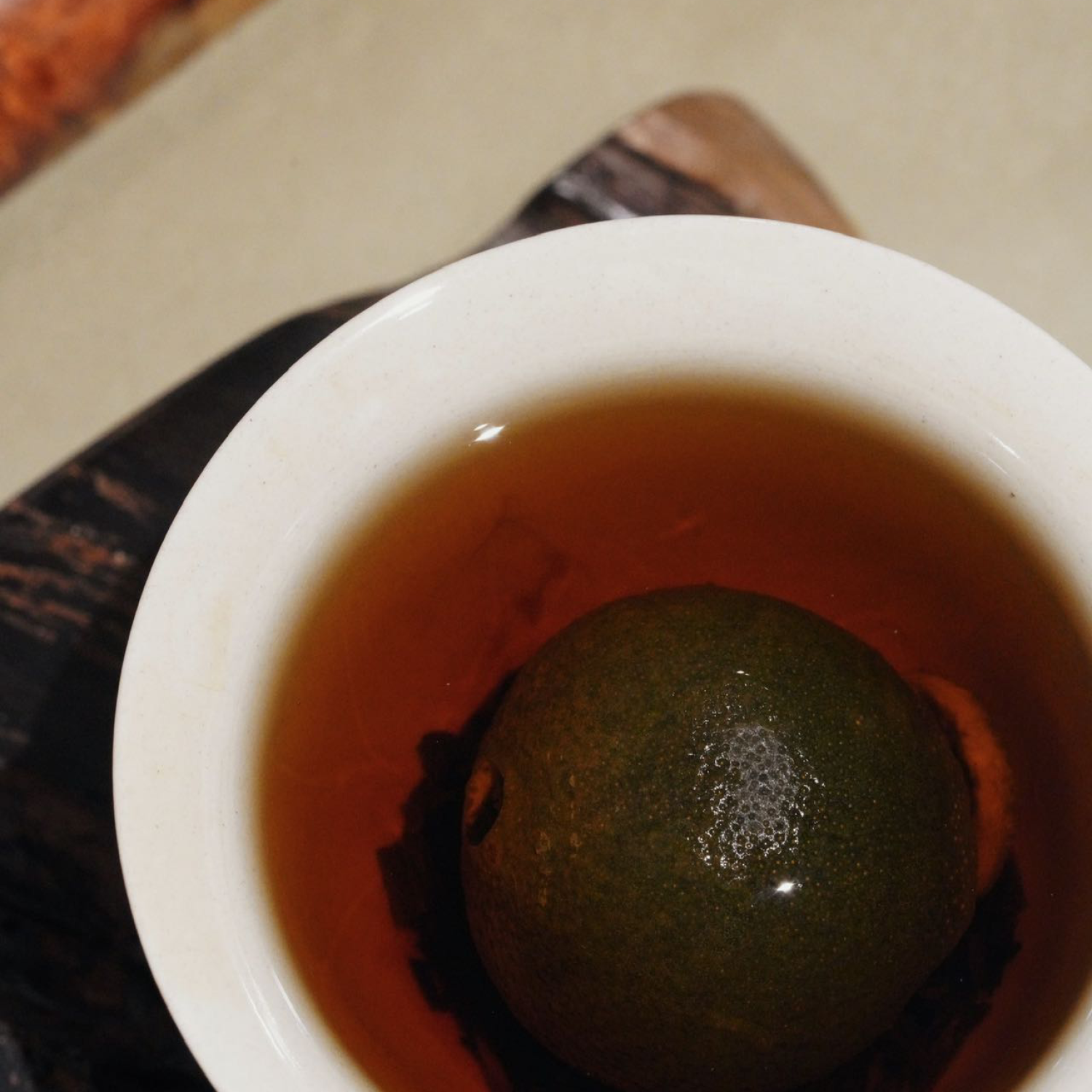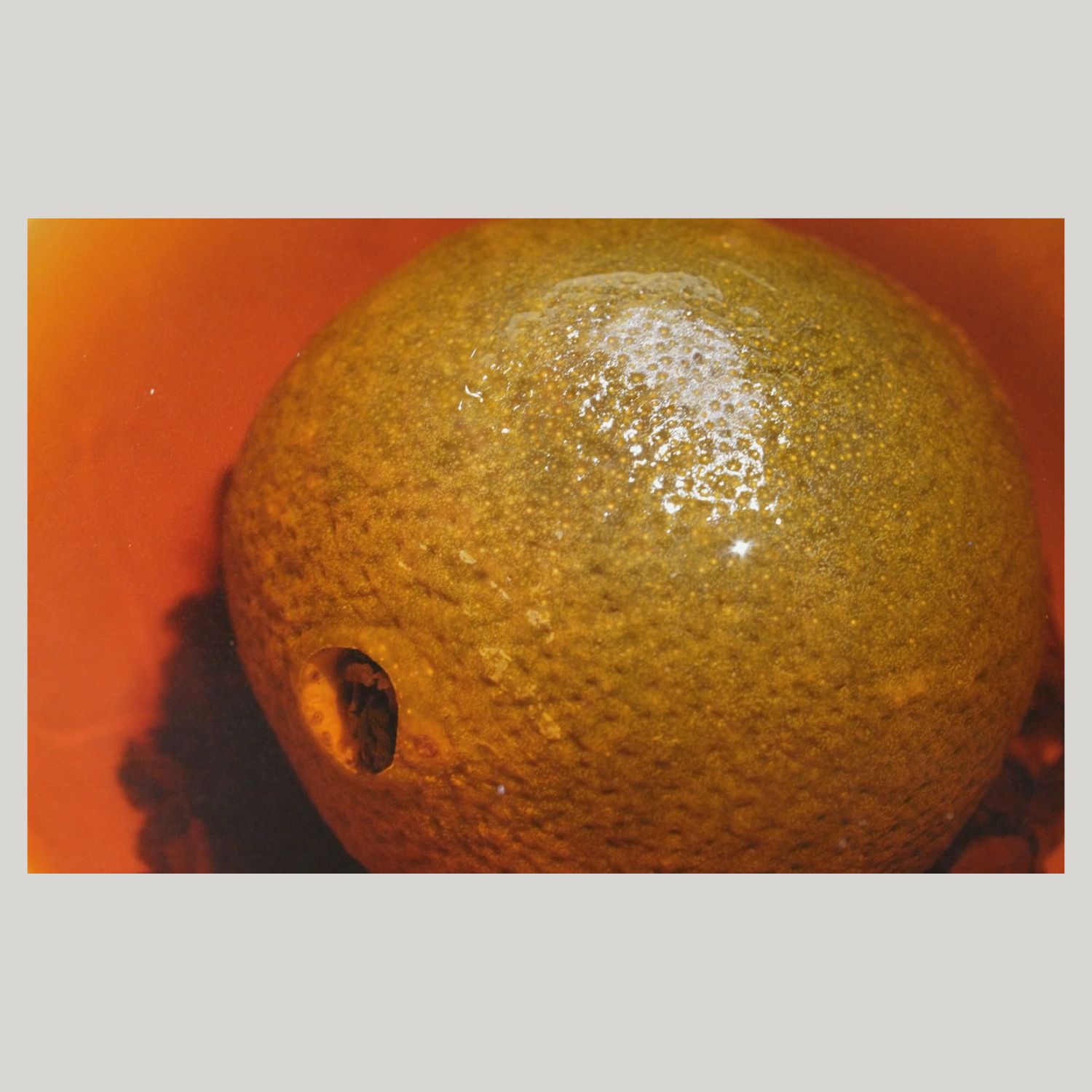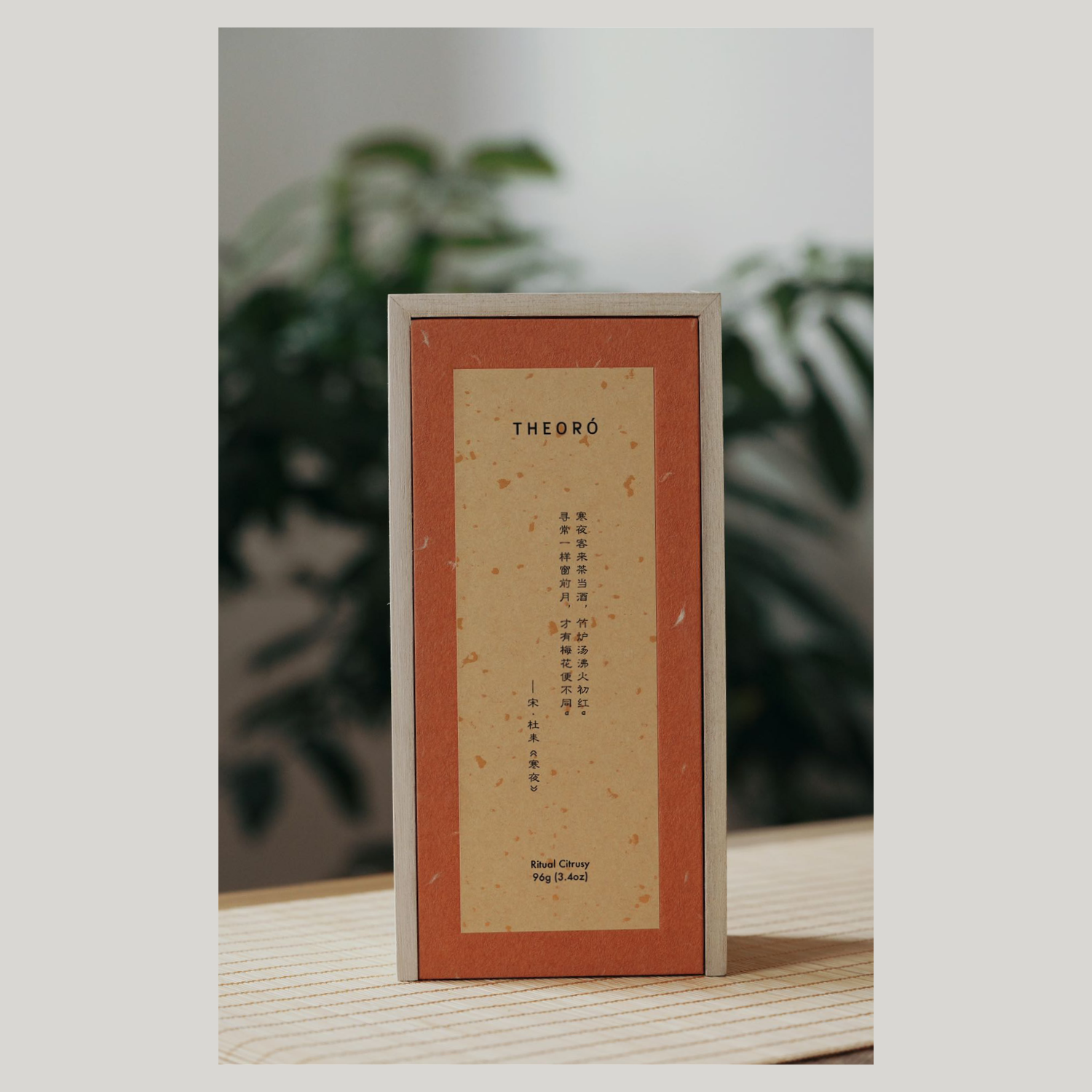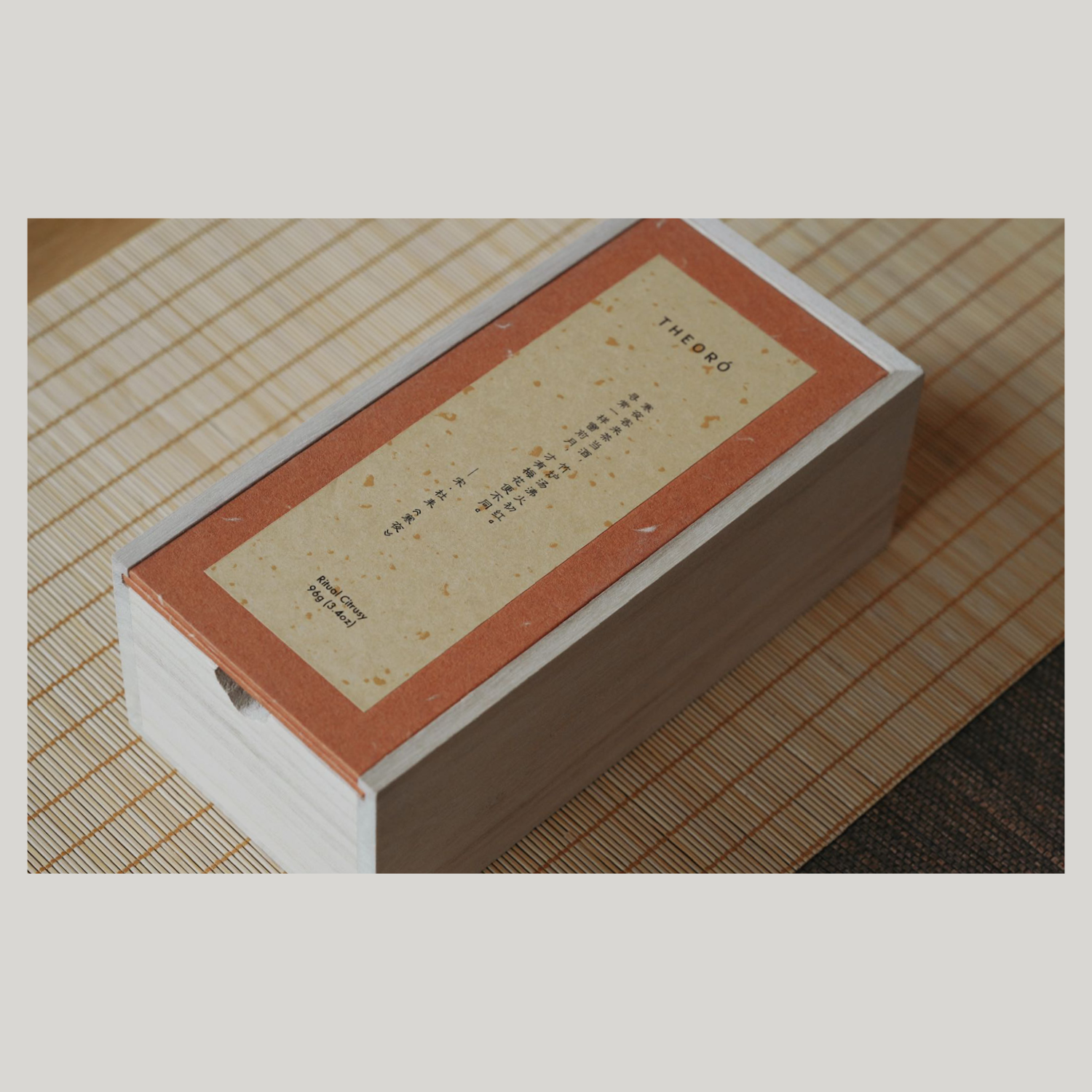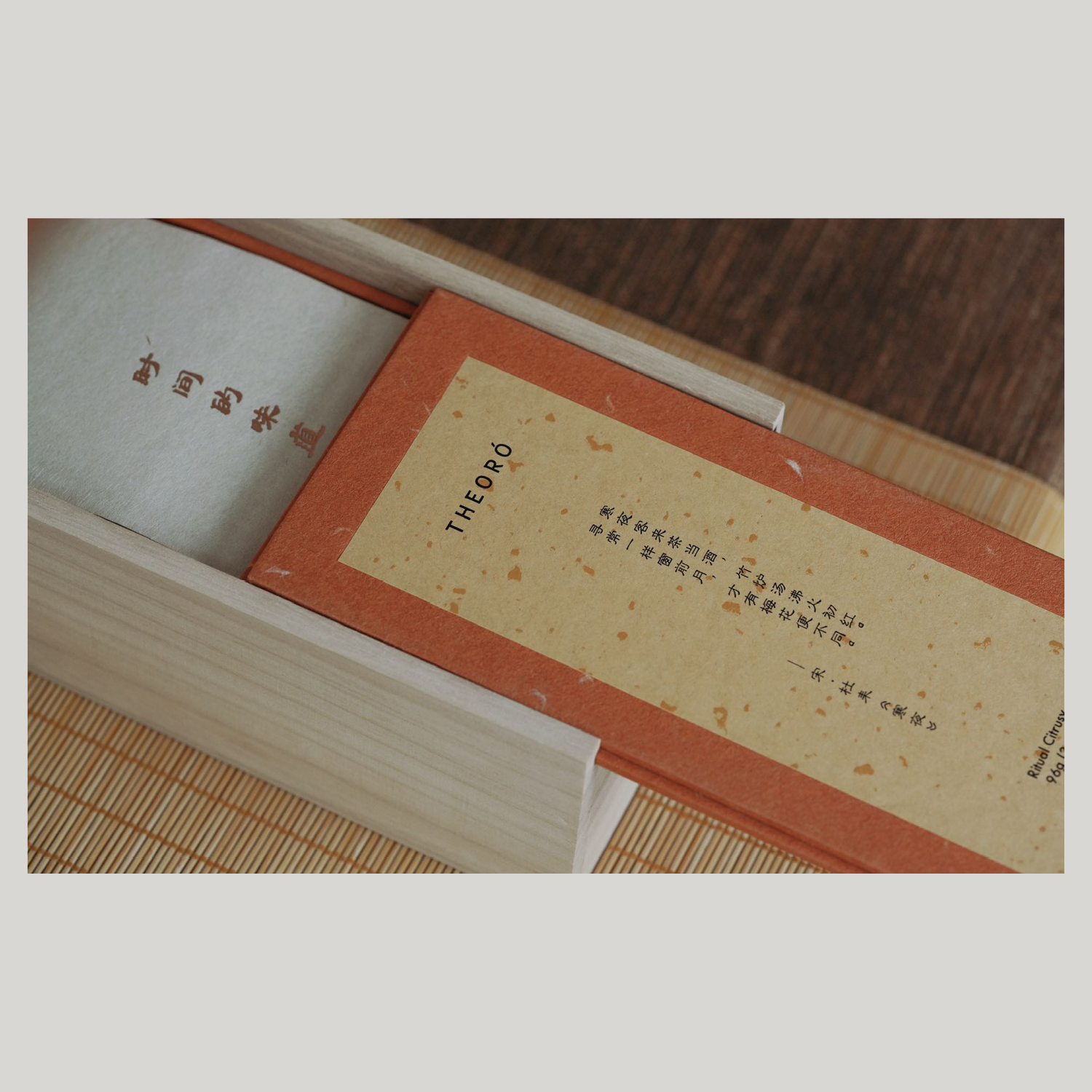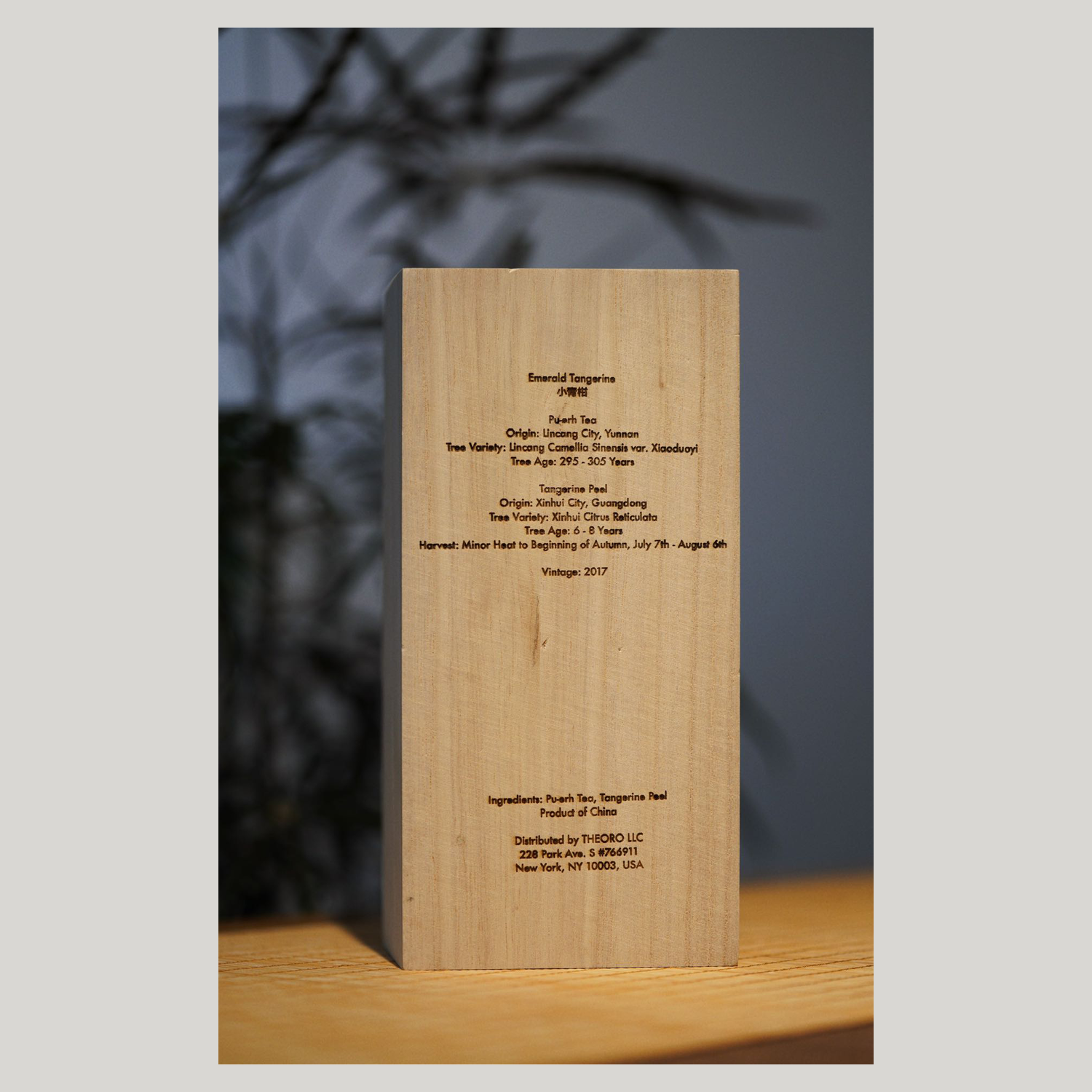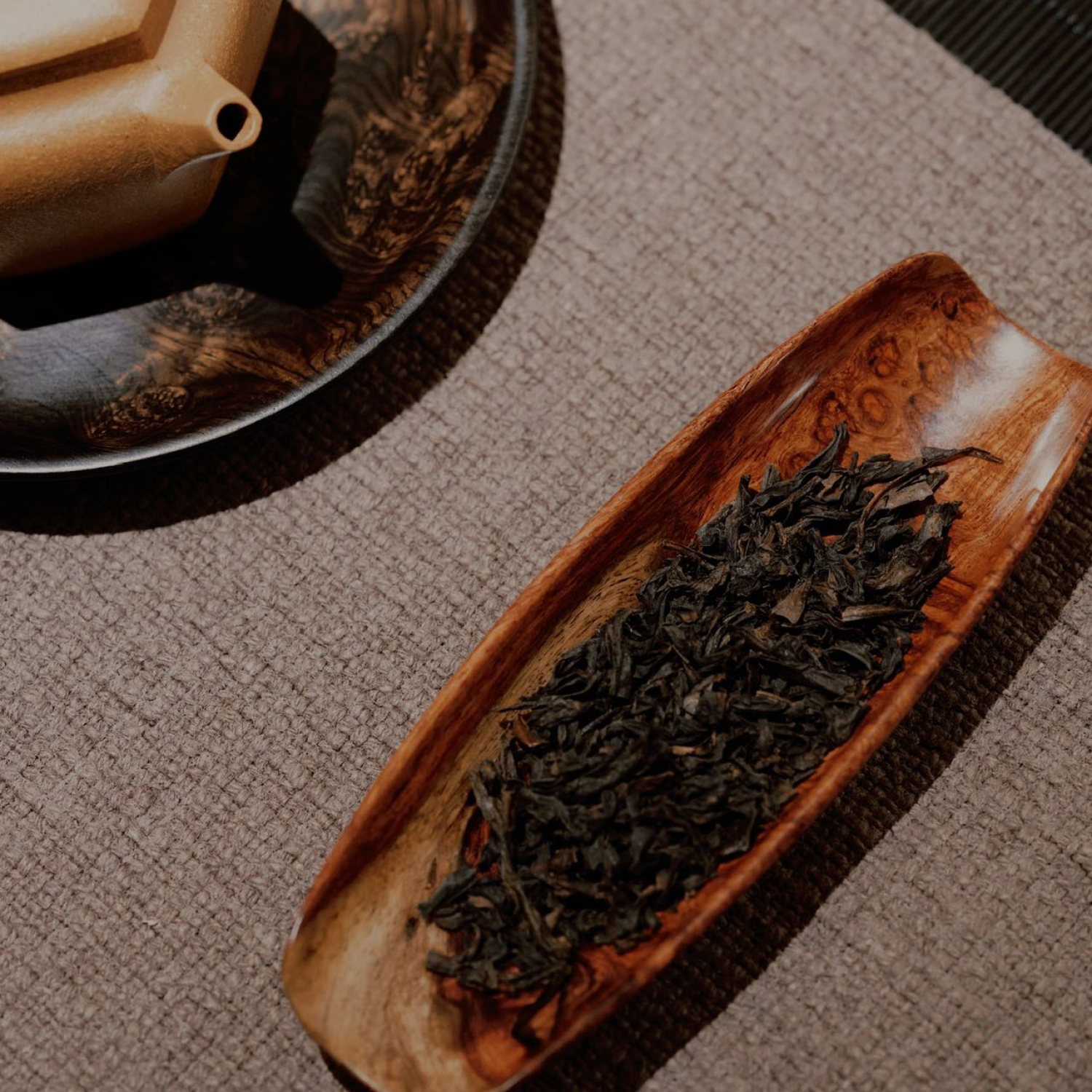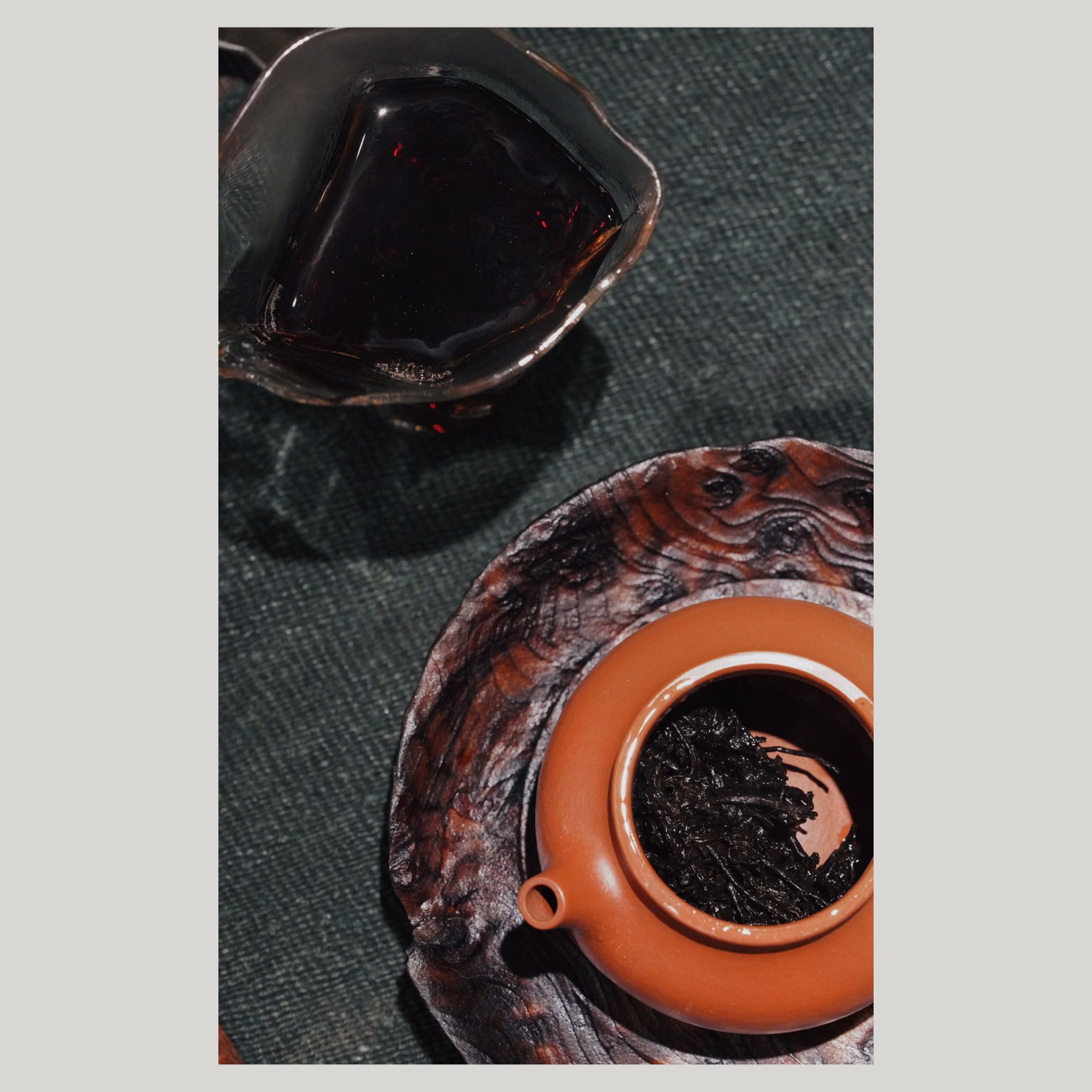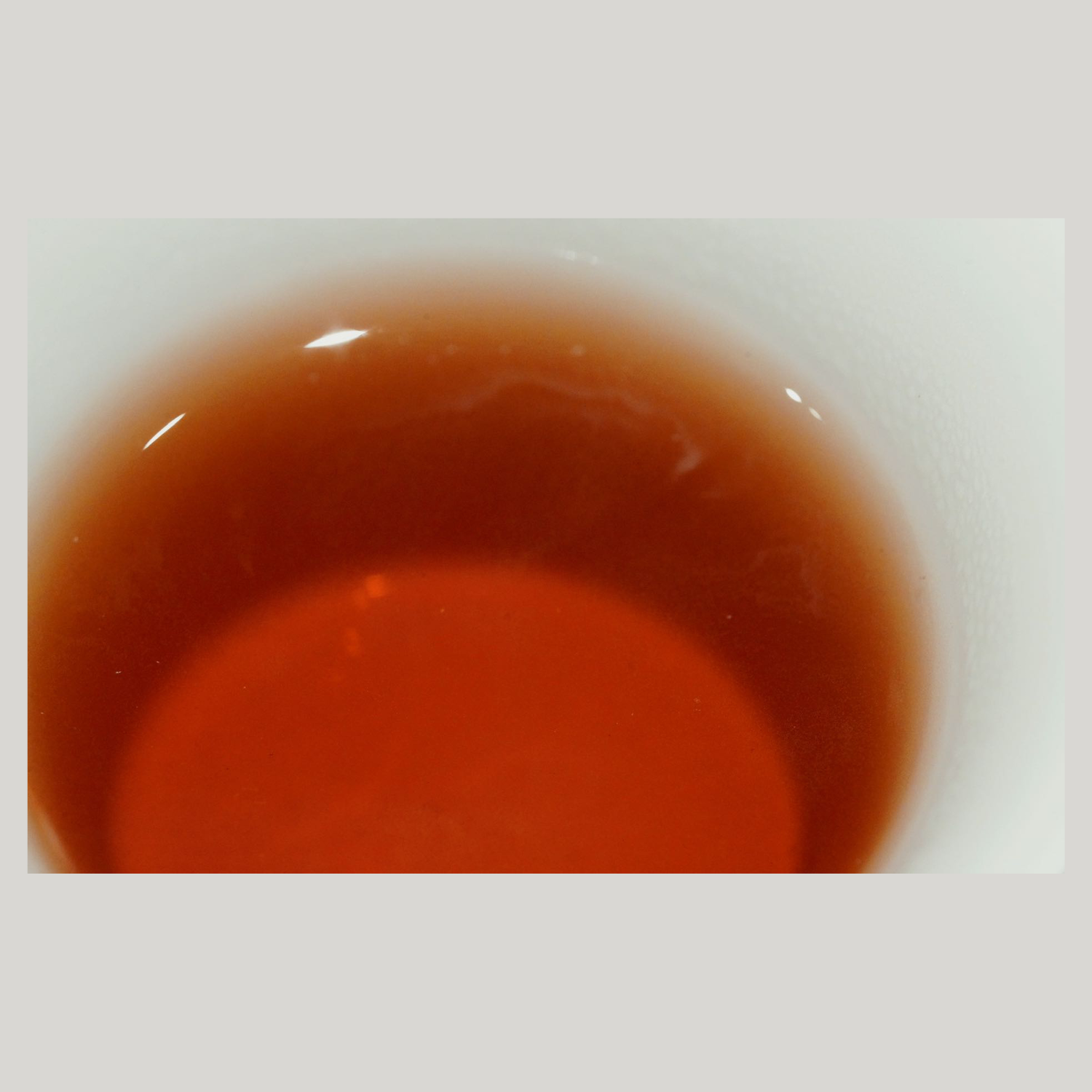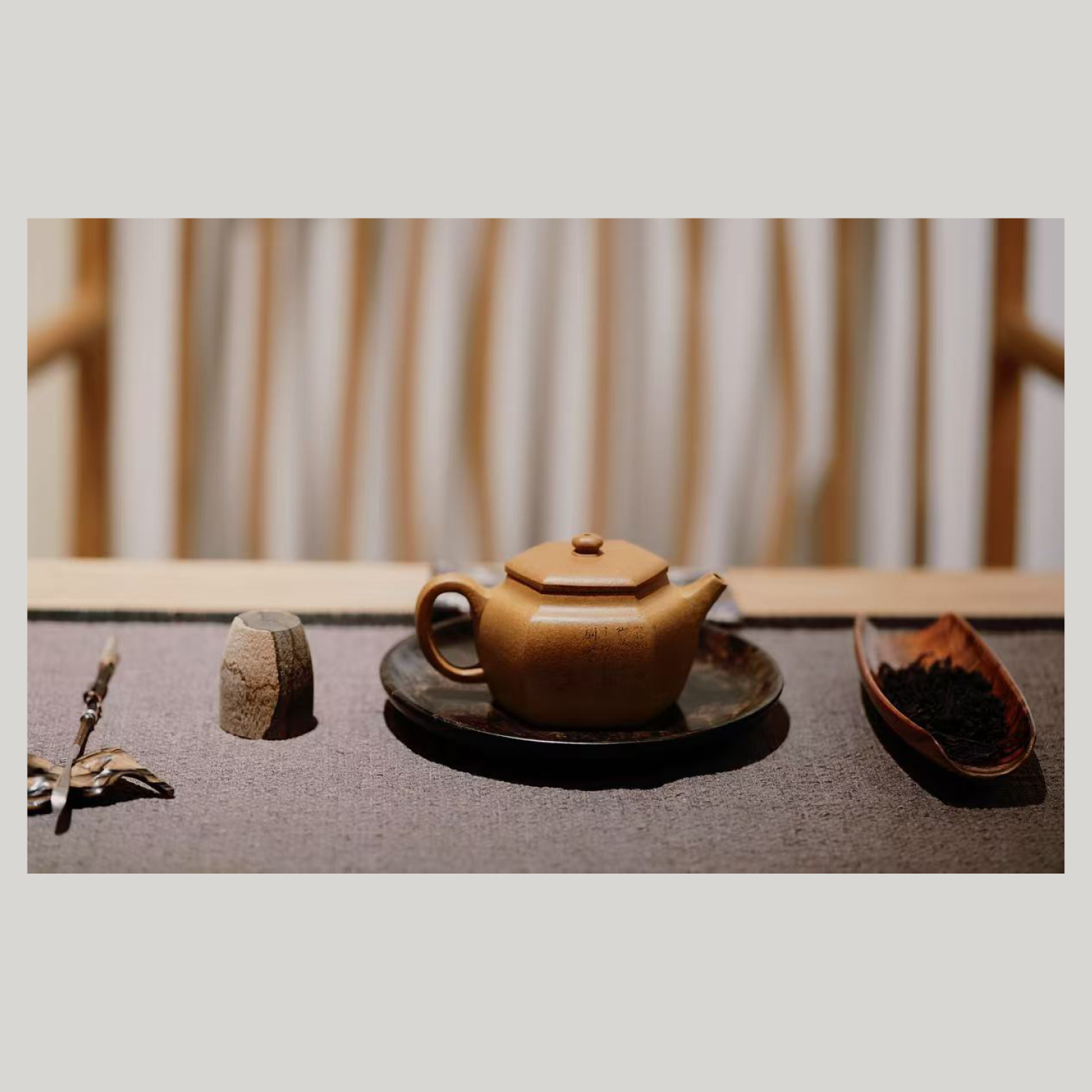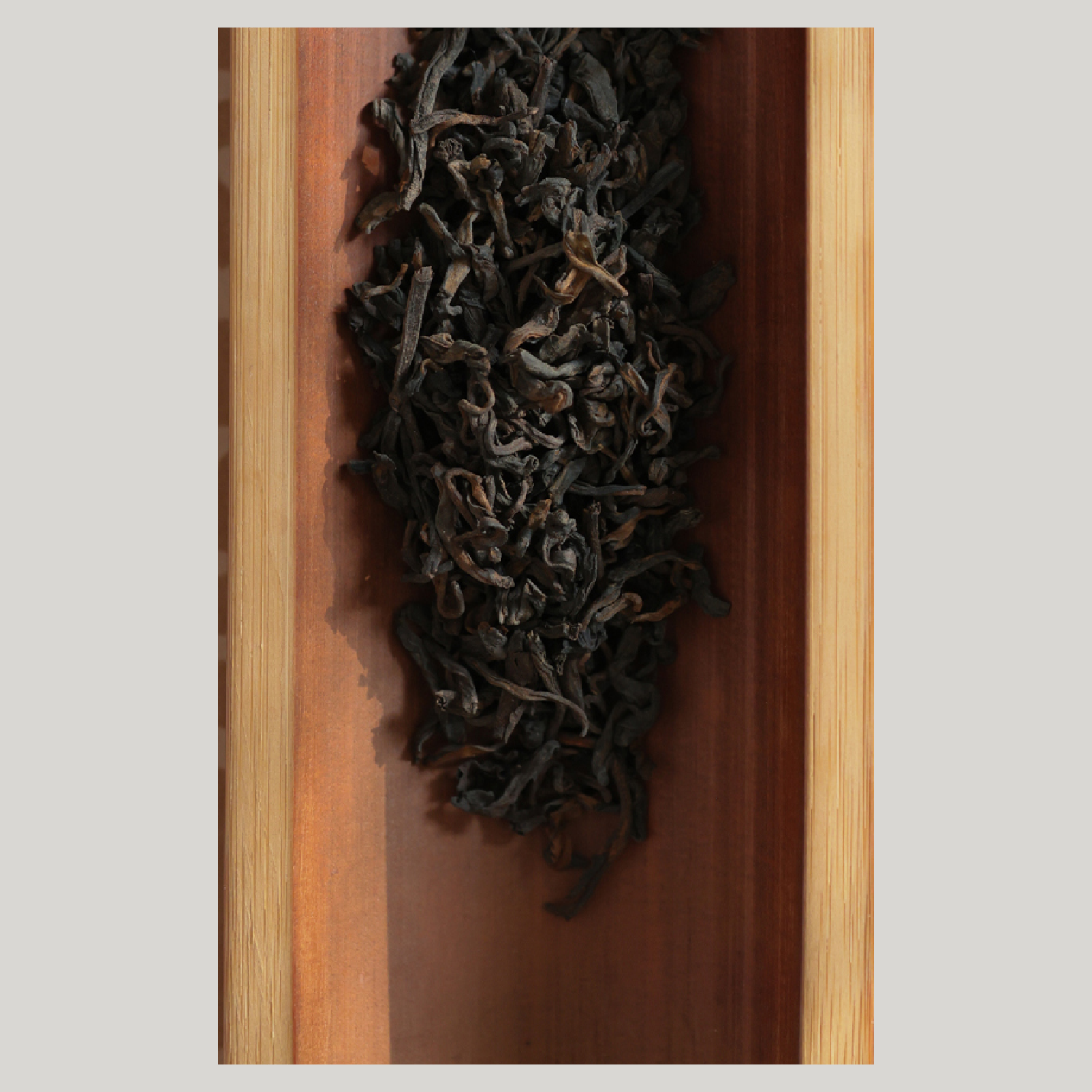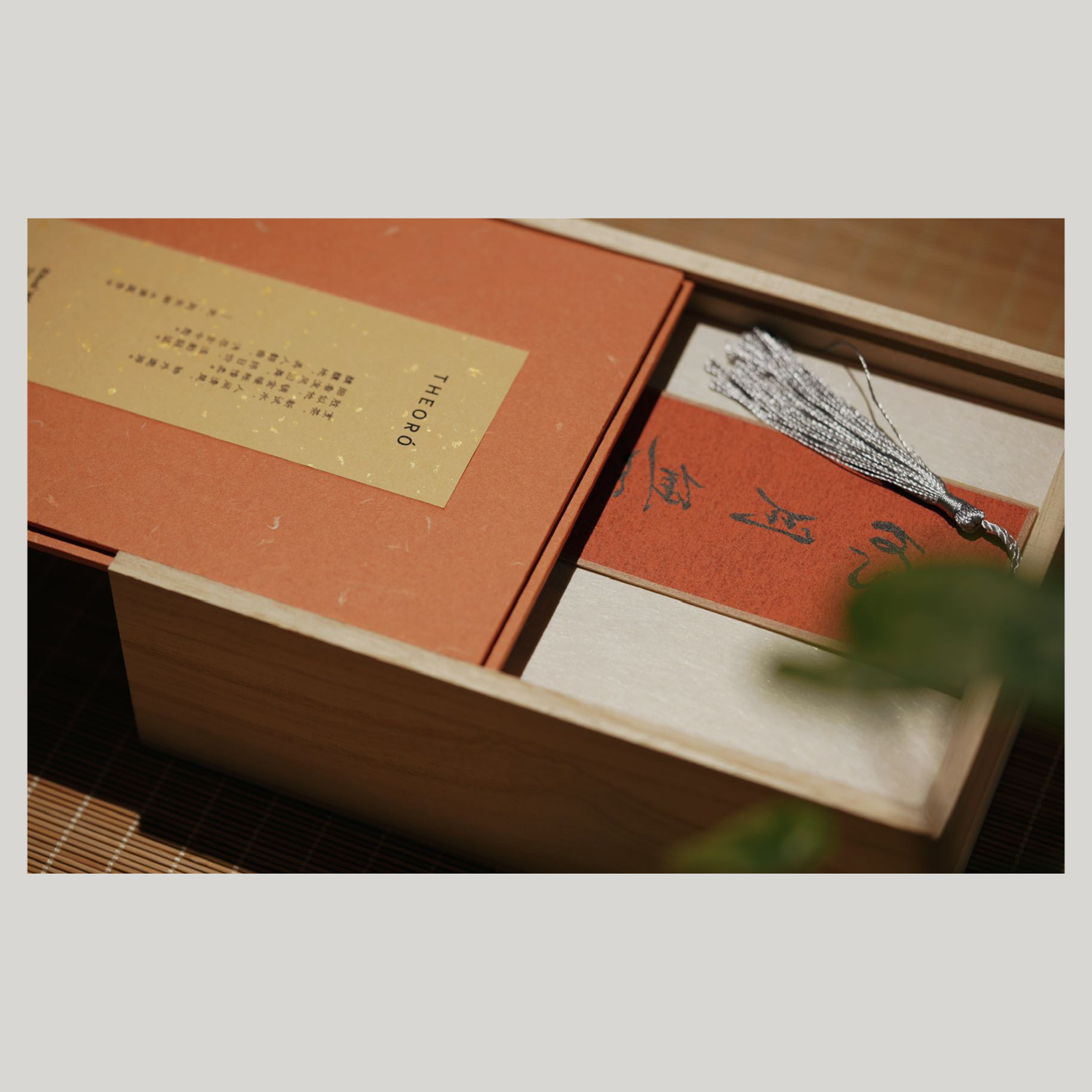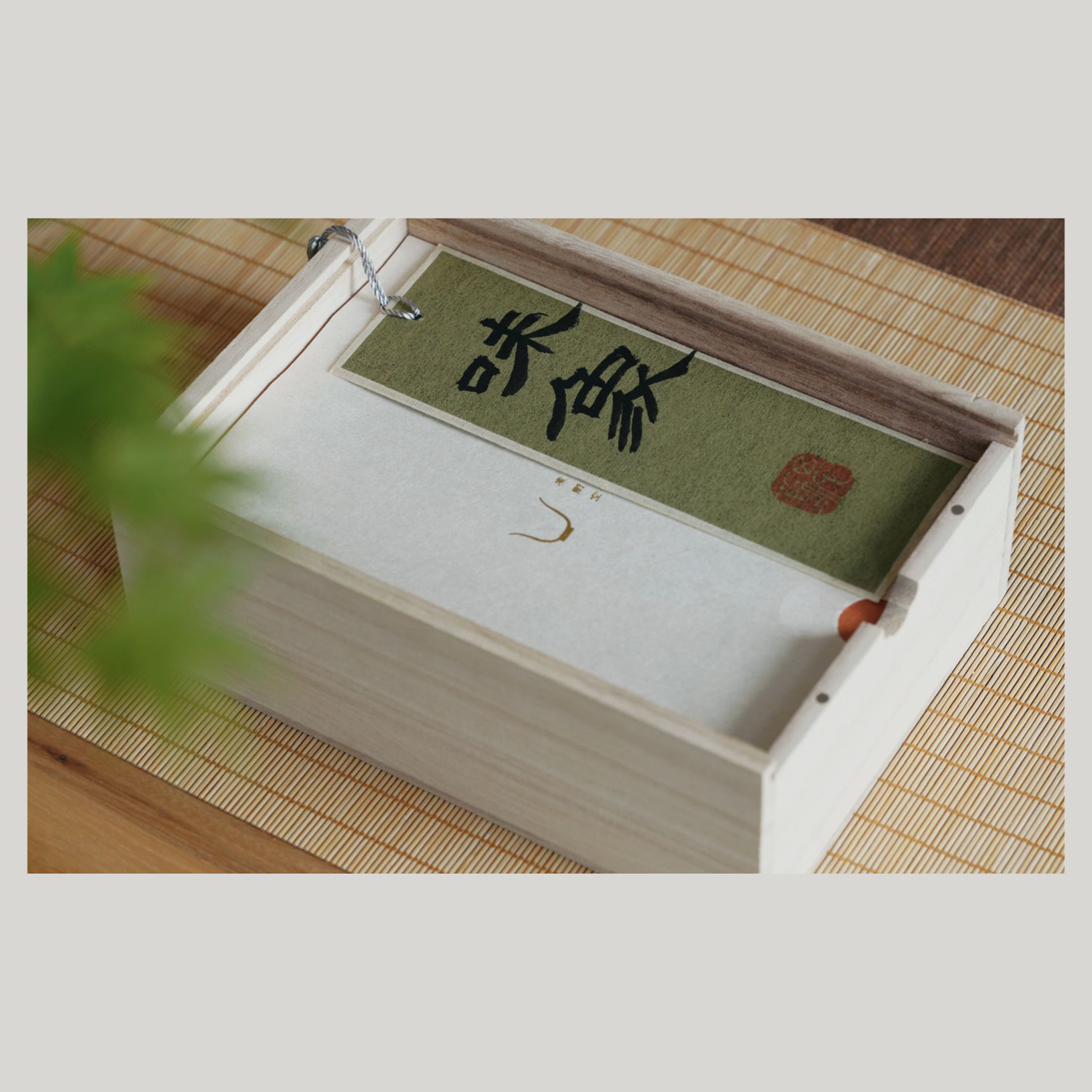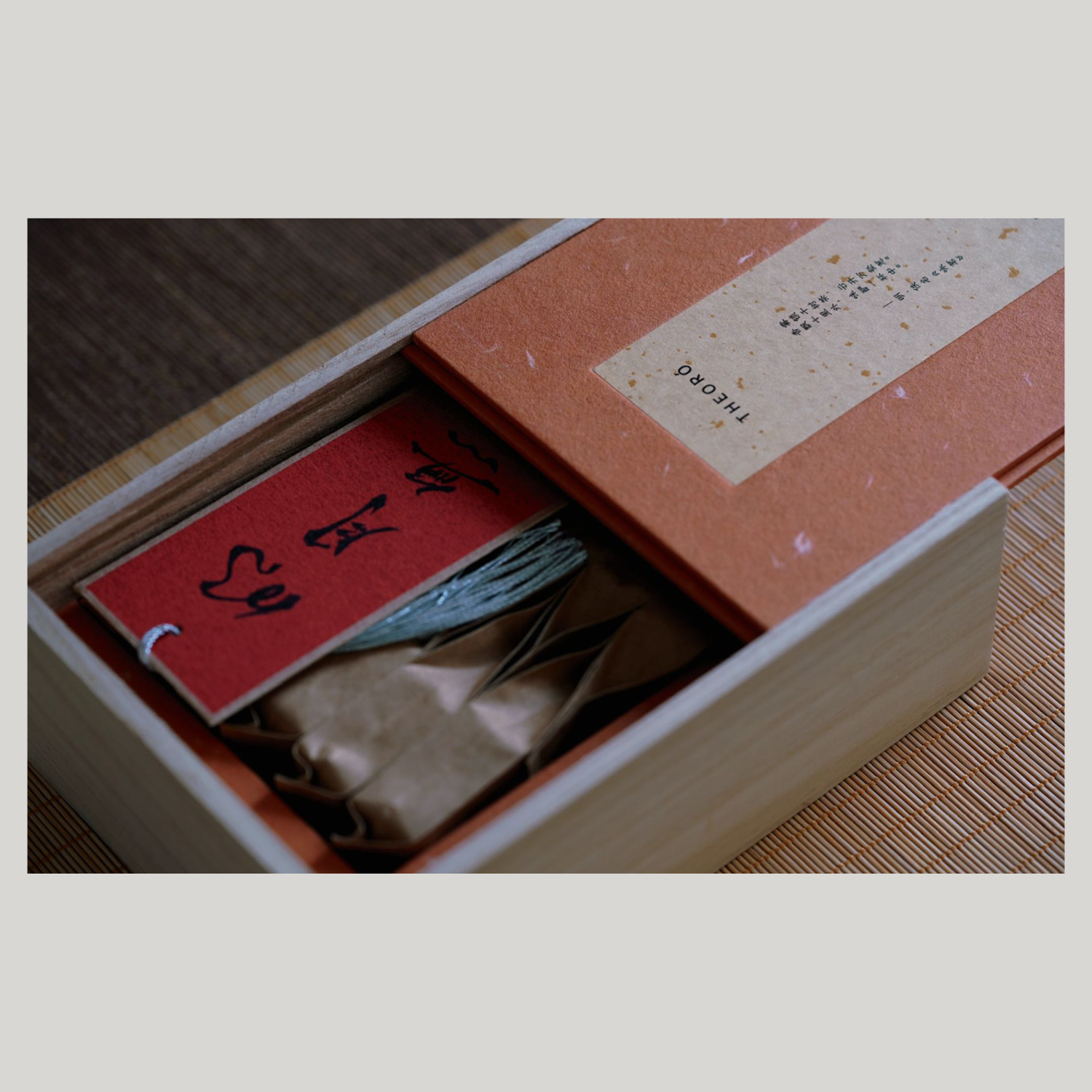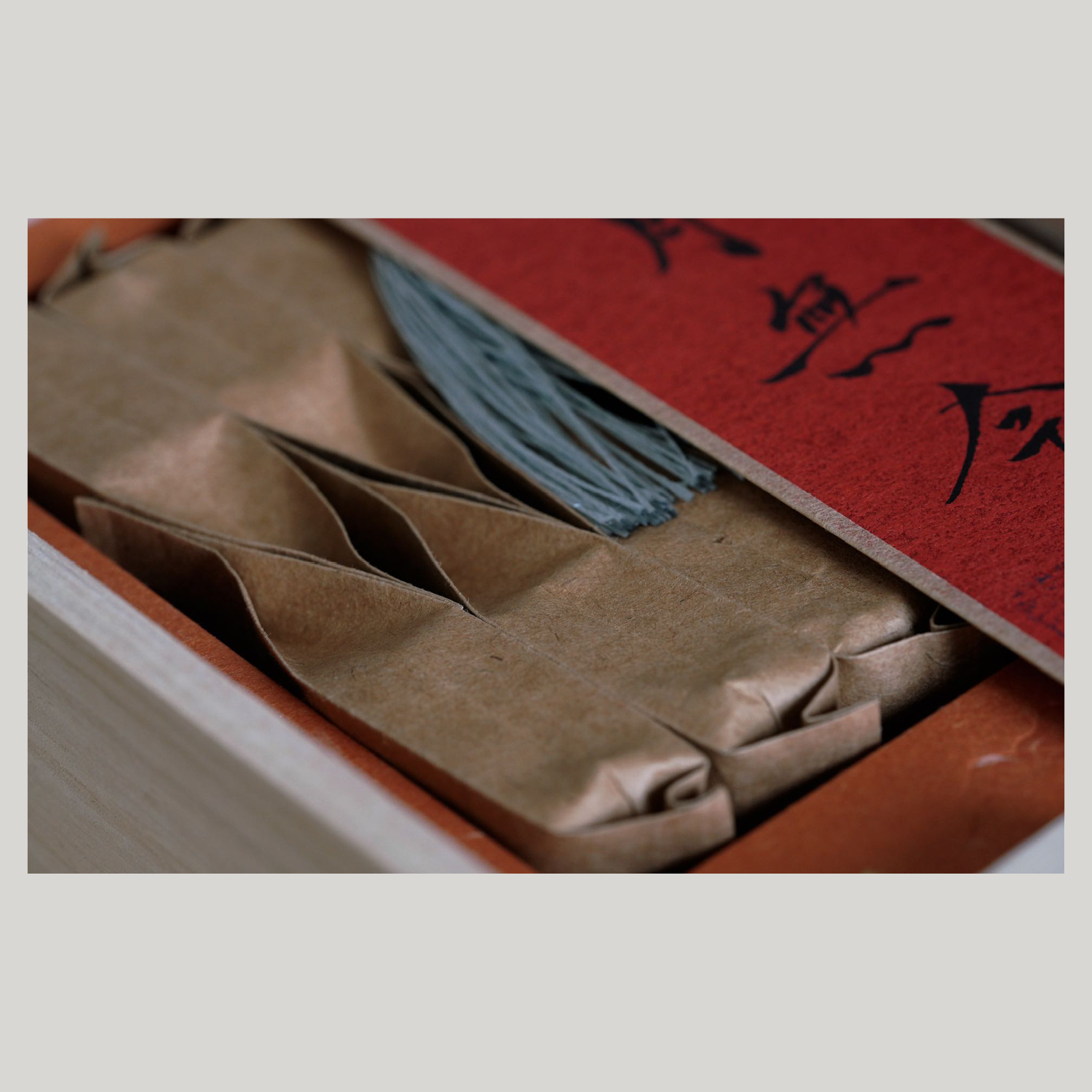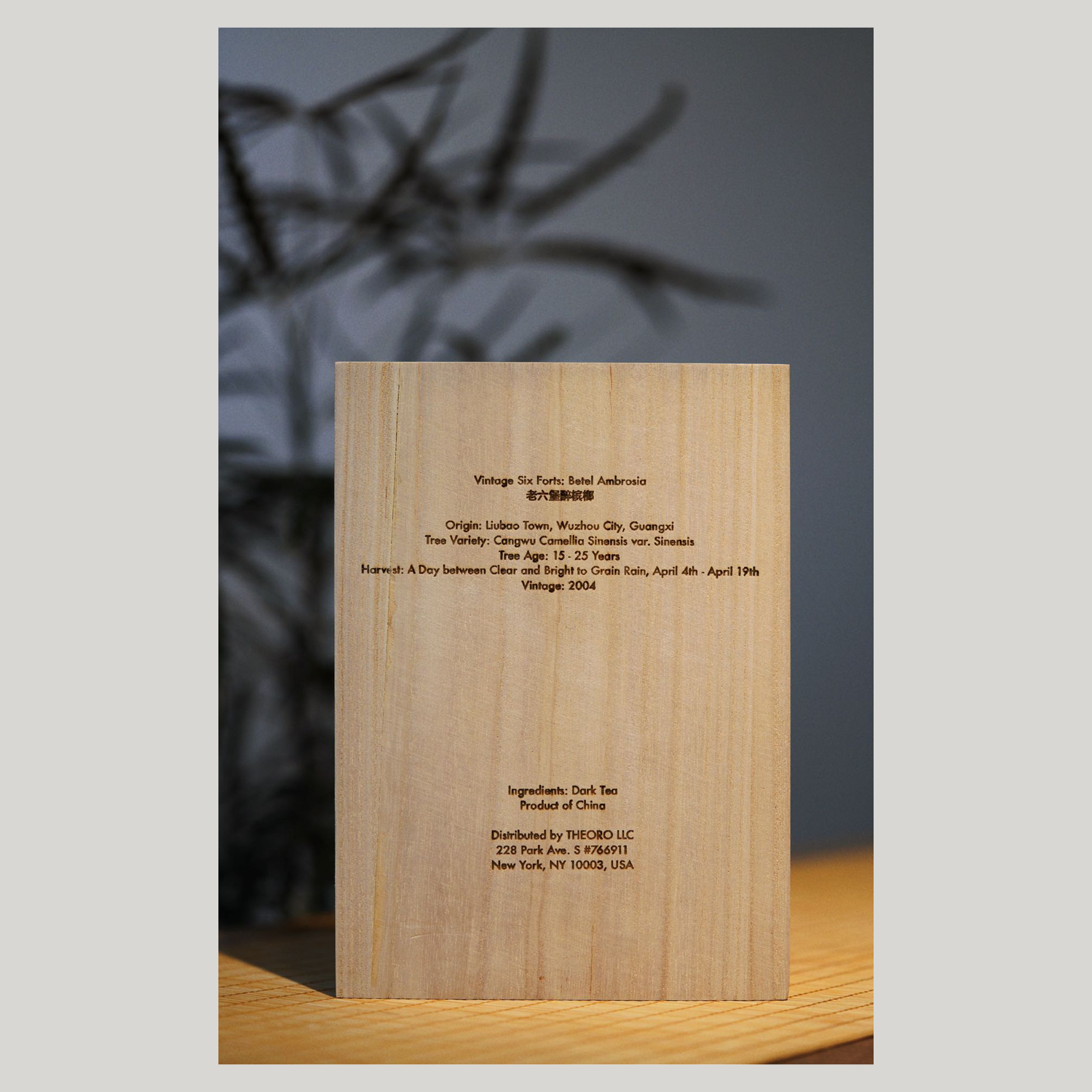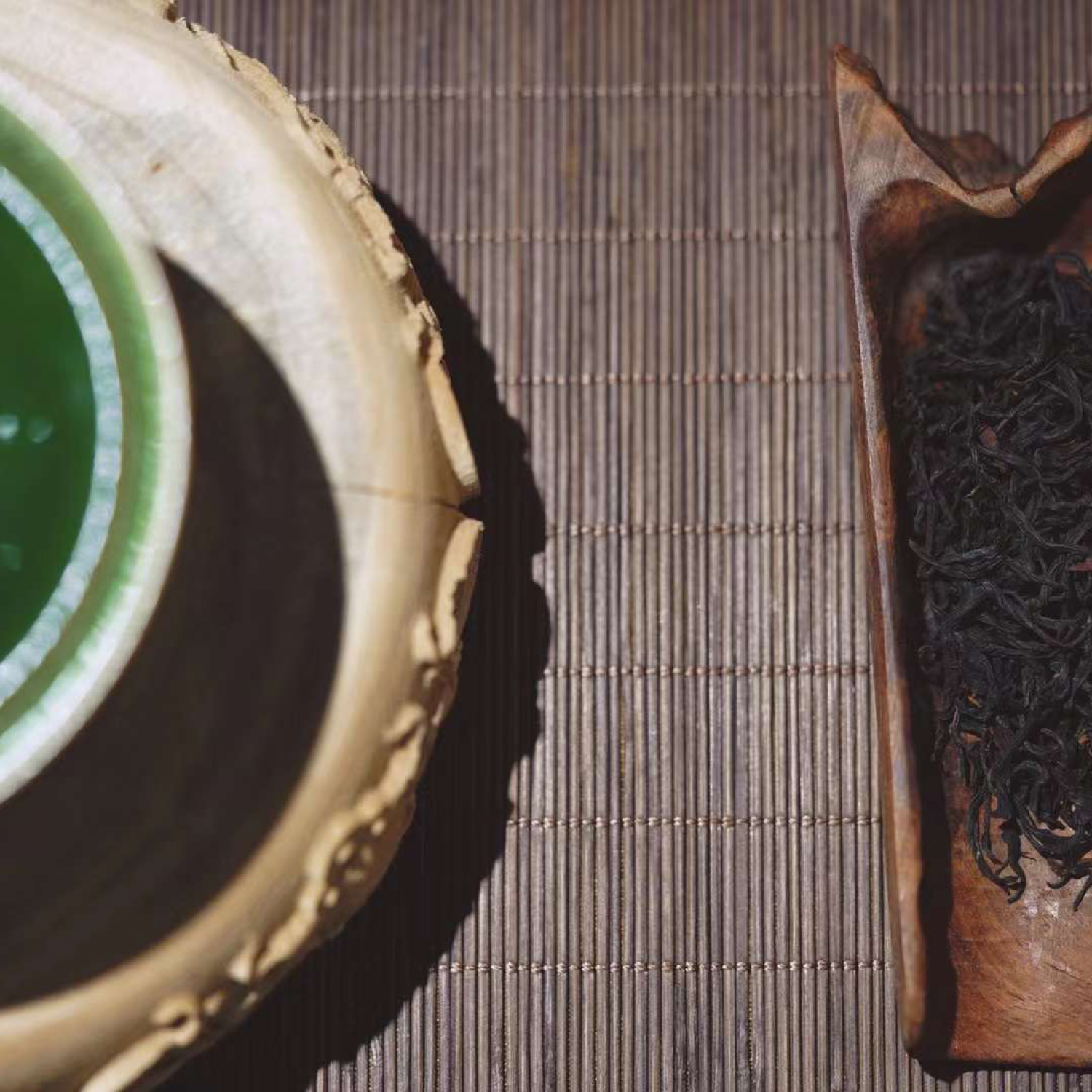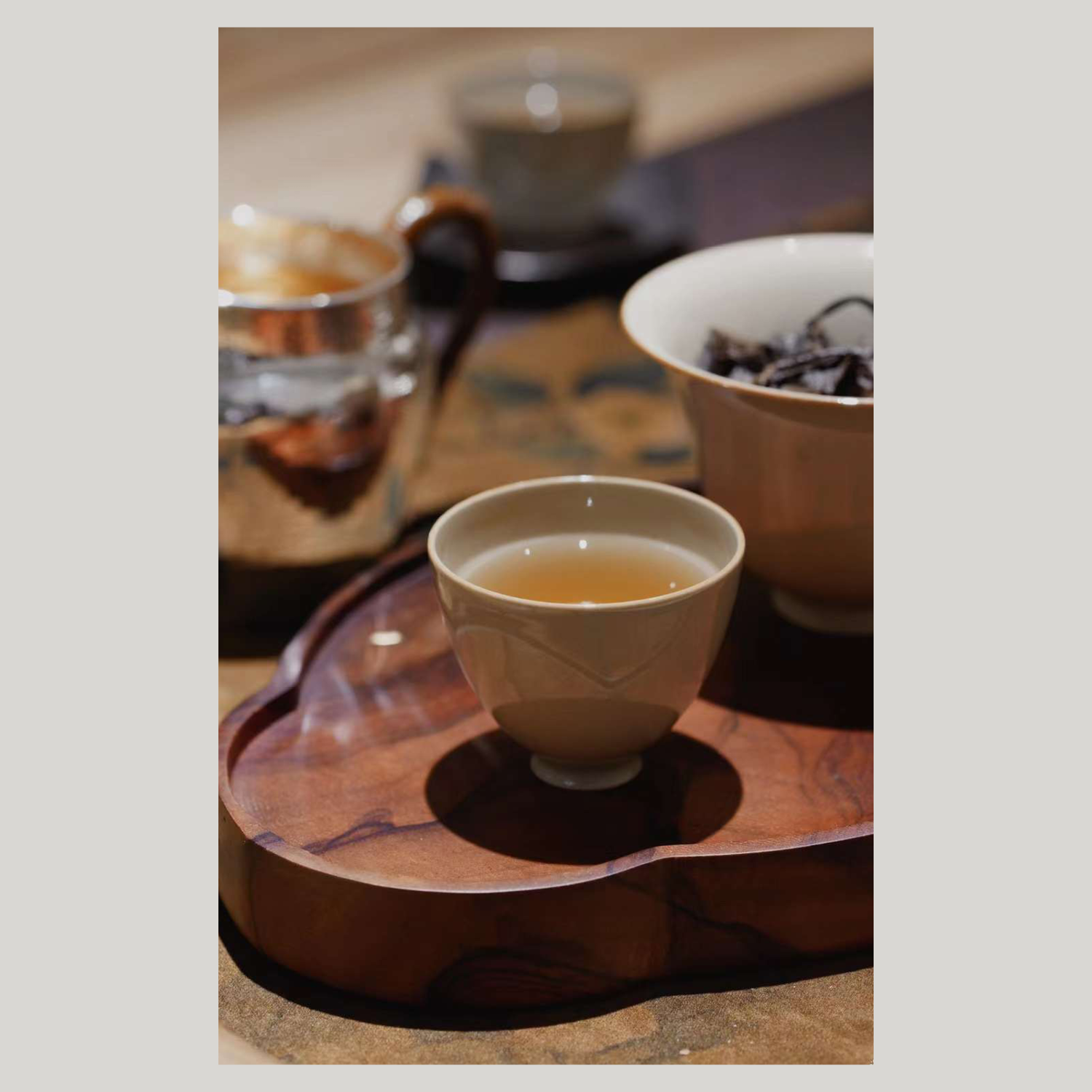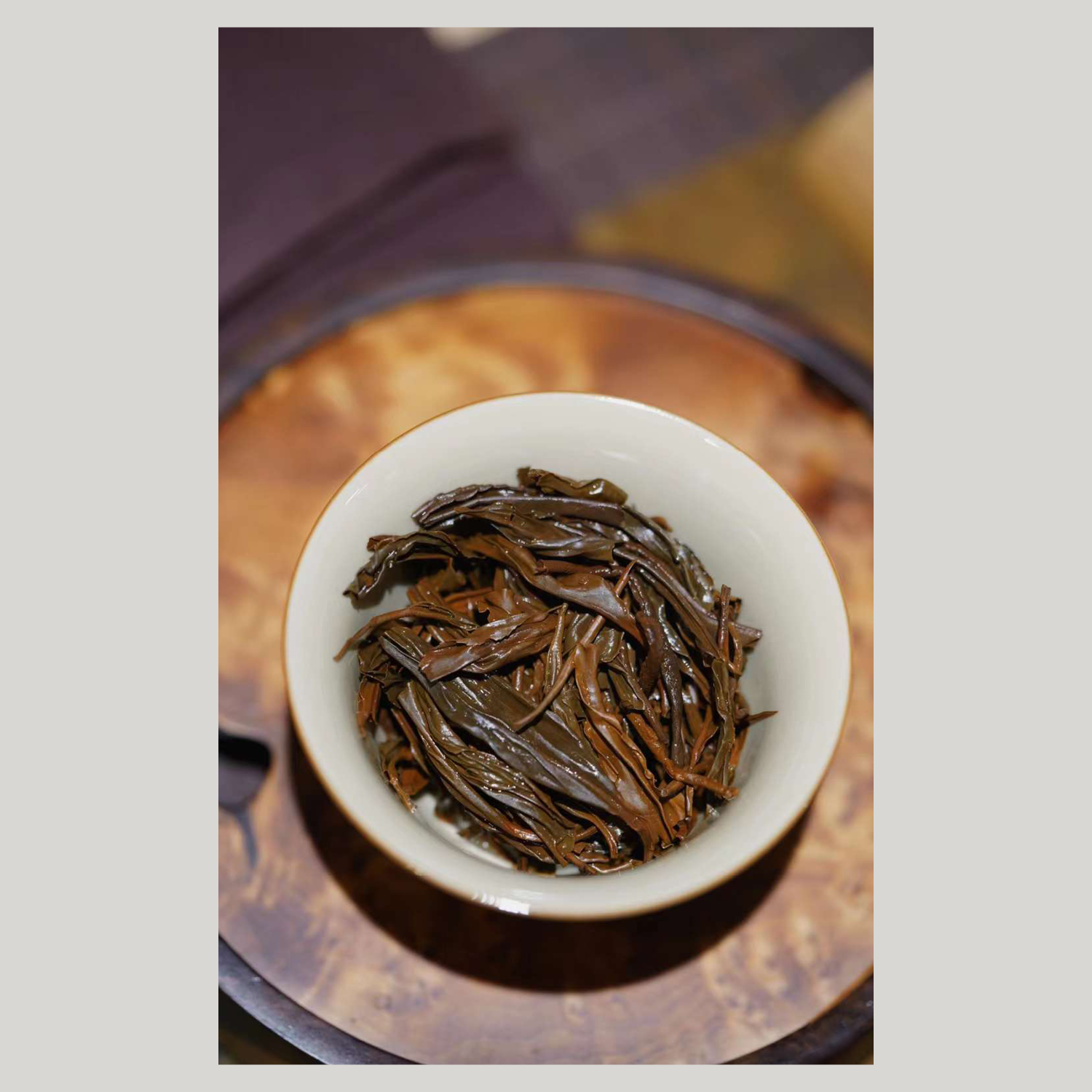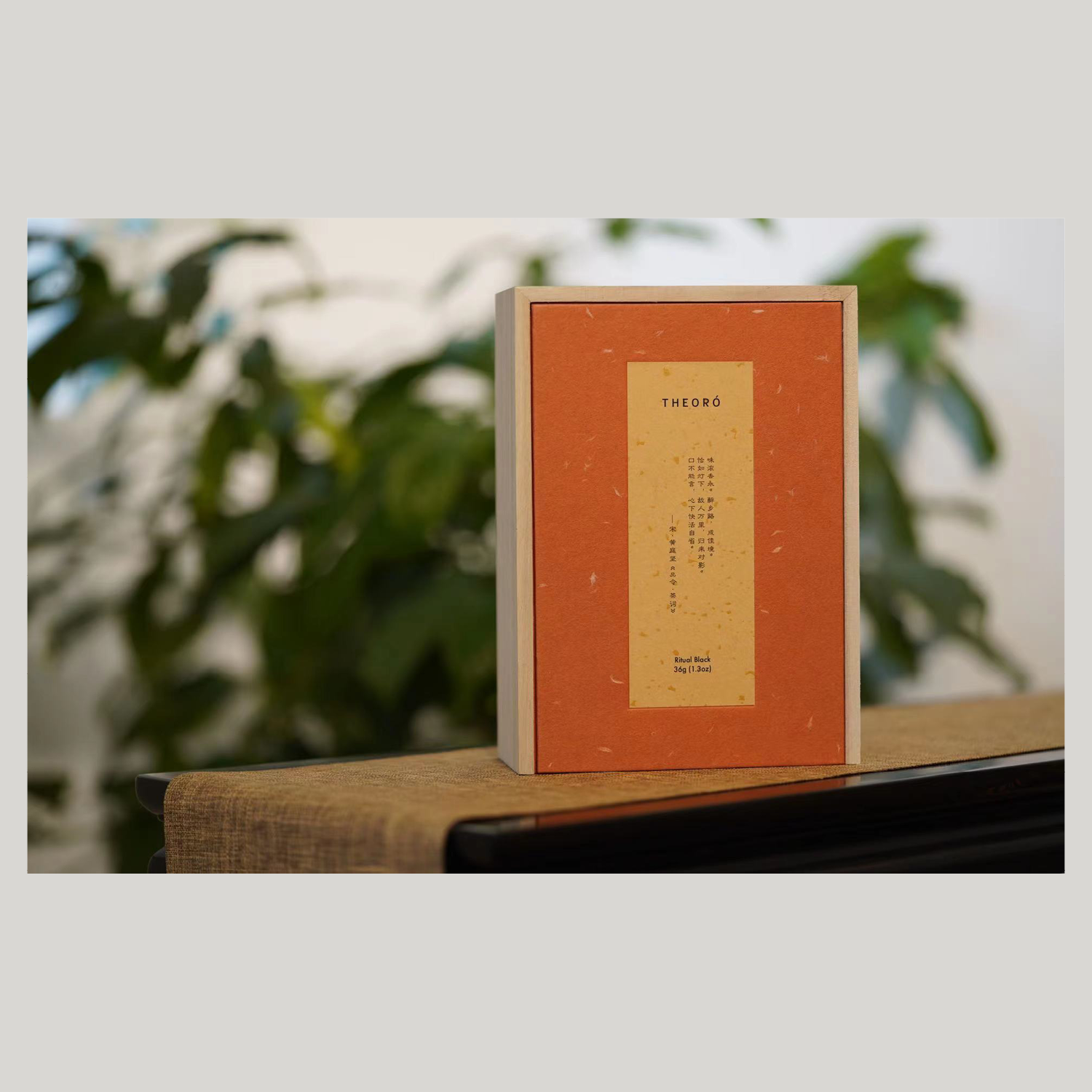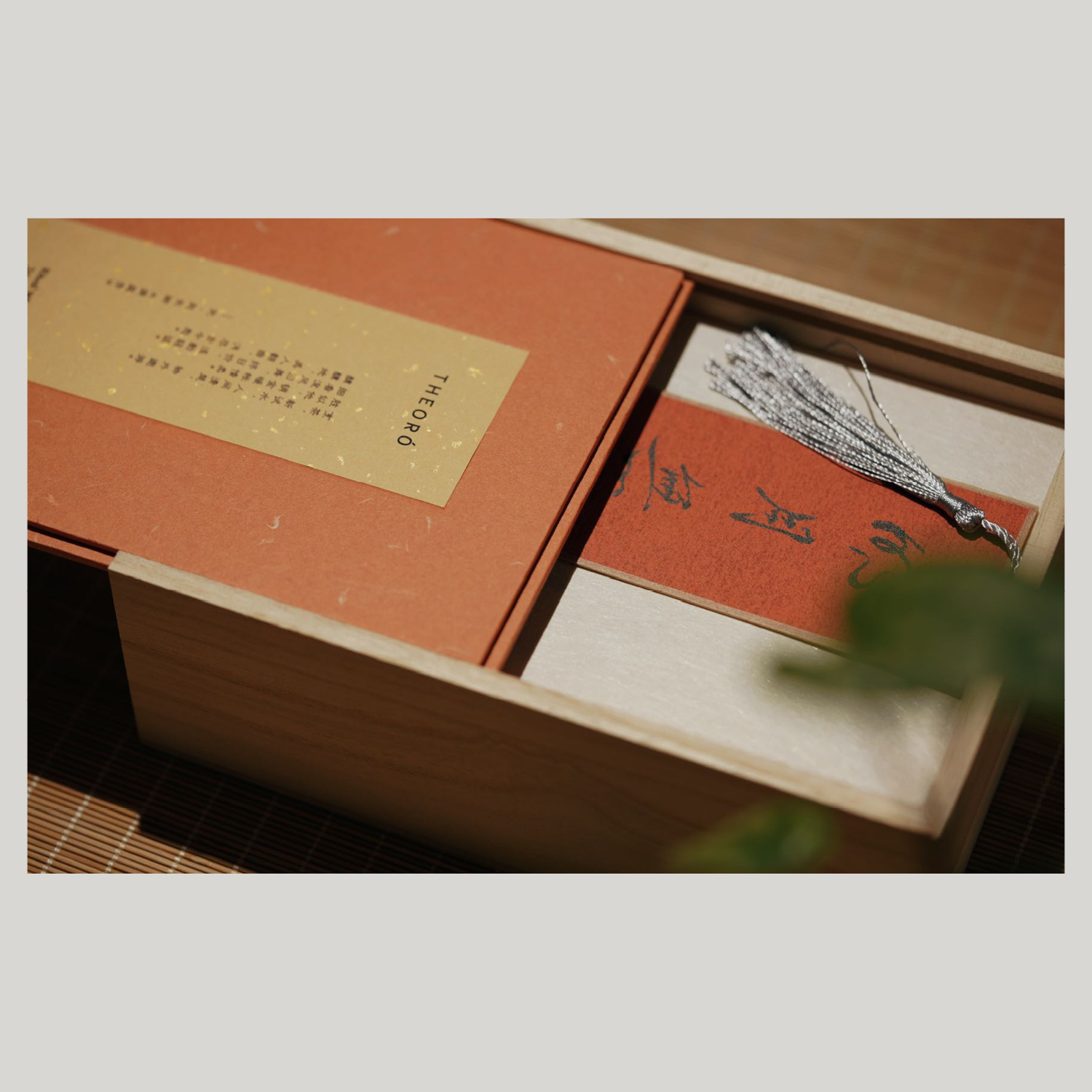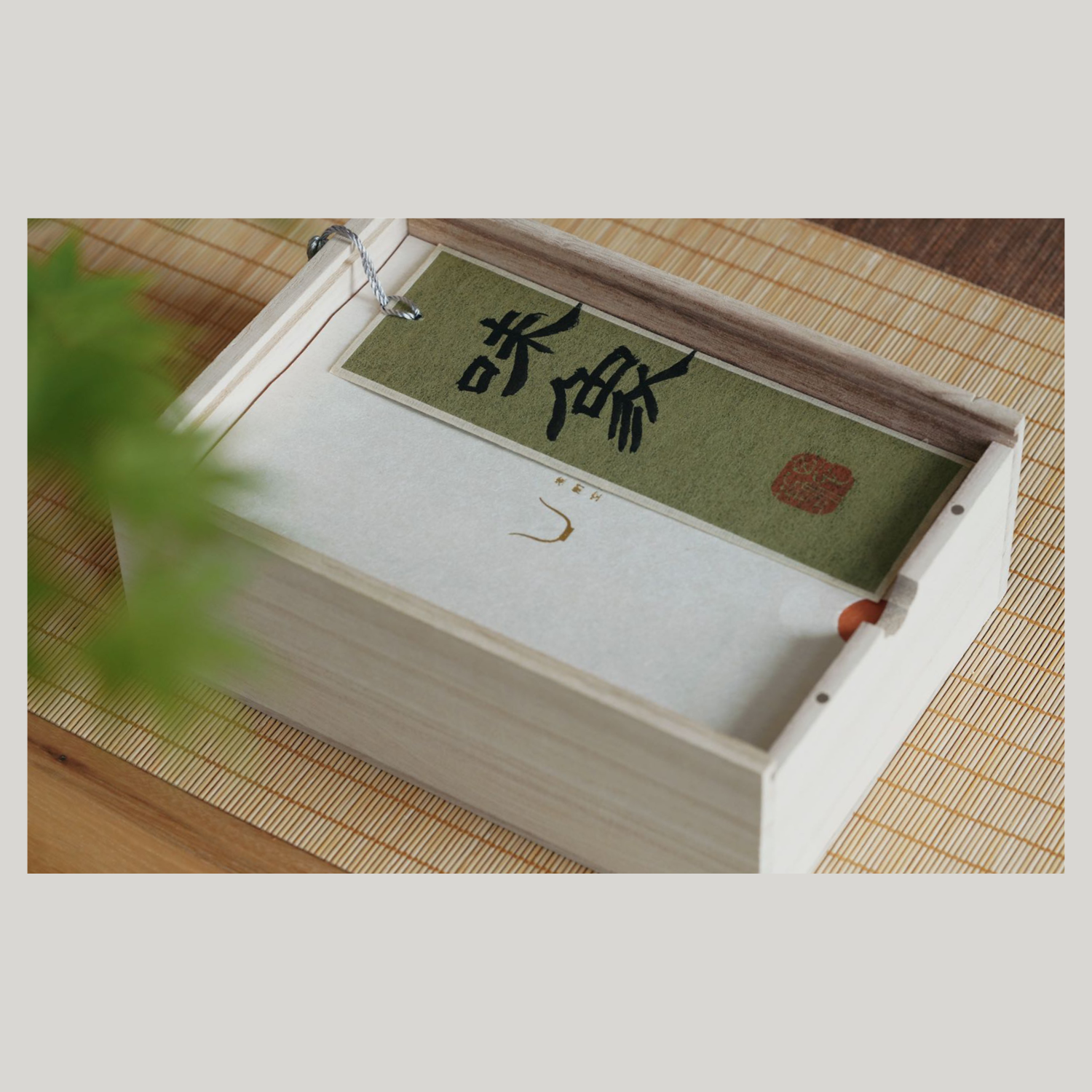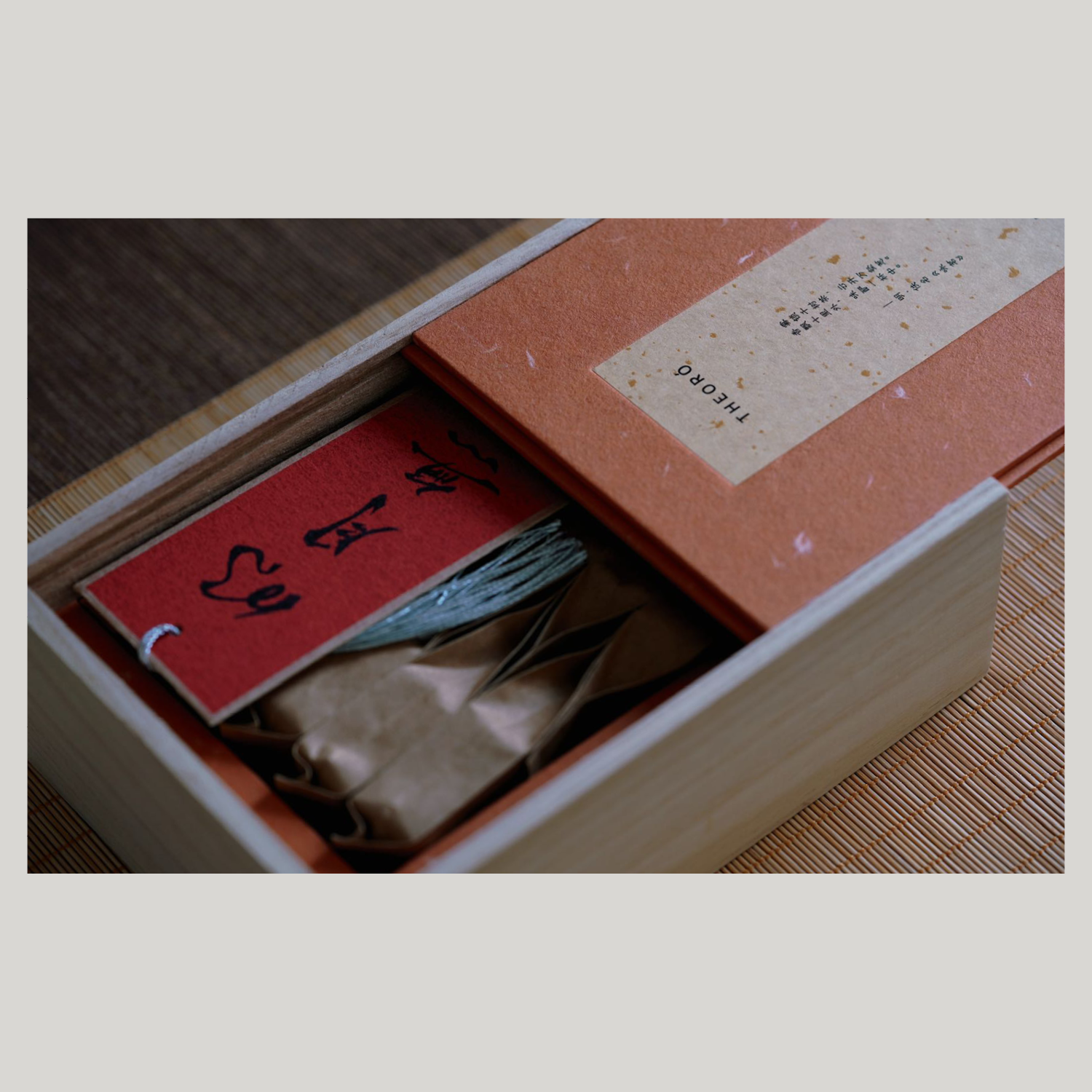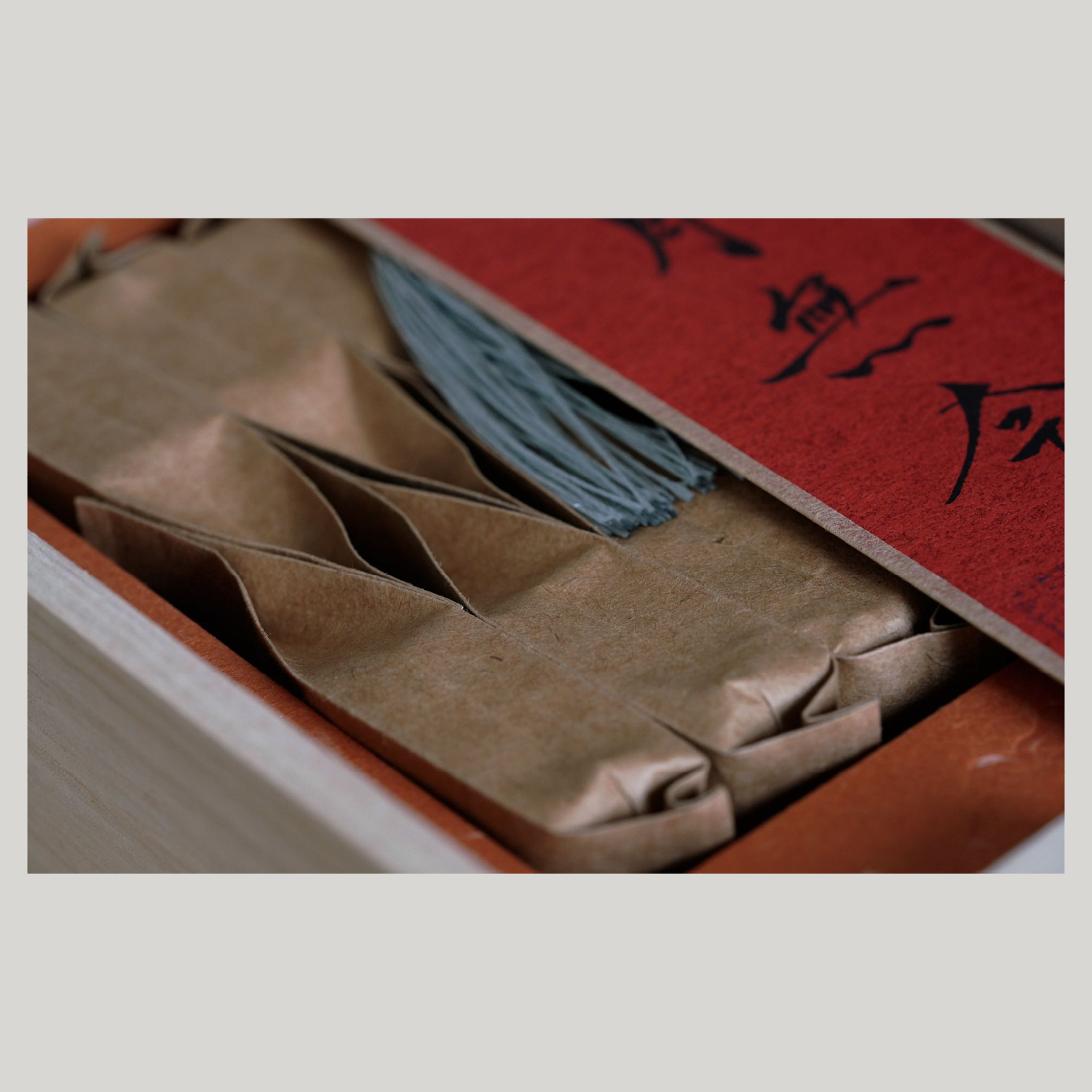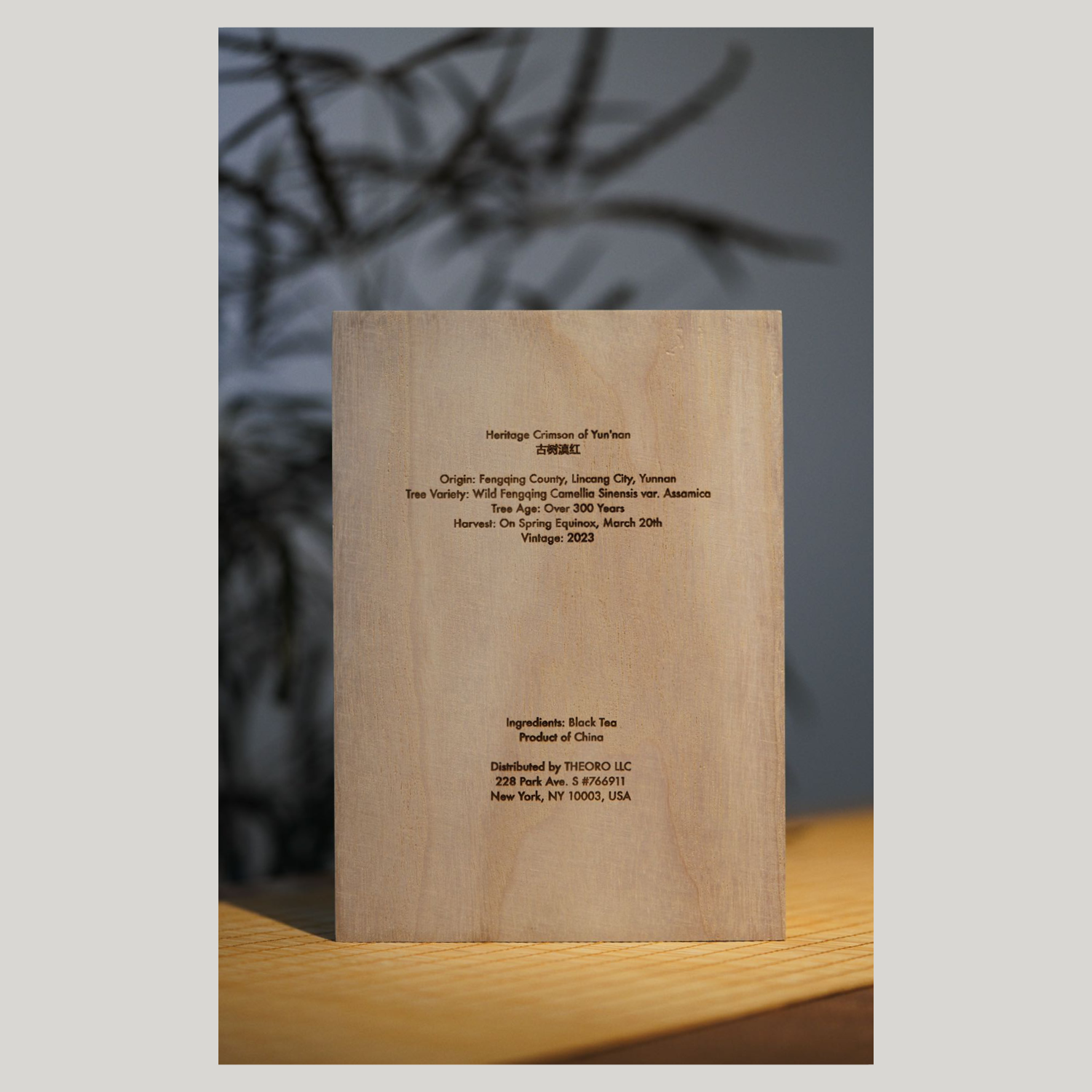 Image 1 of 11
Image 1 of 11

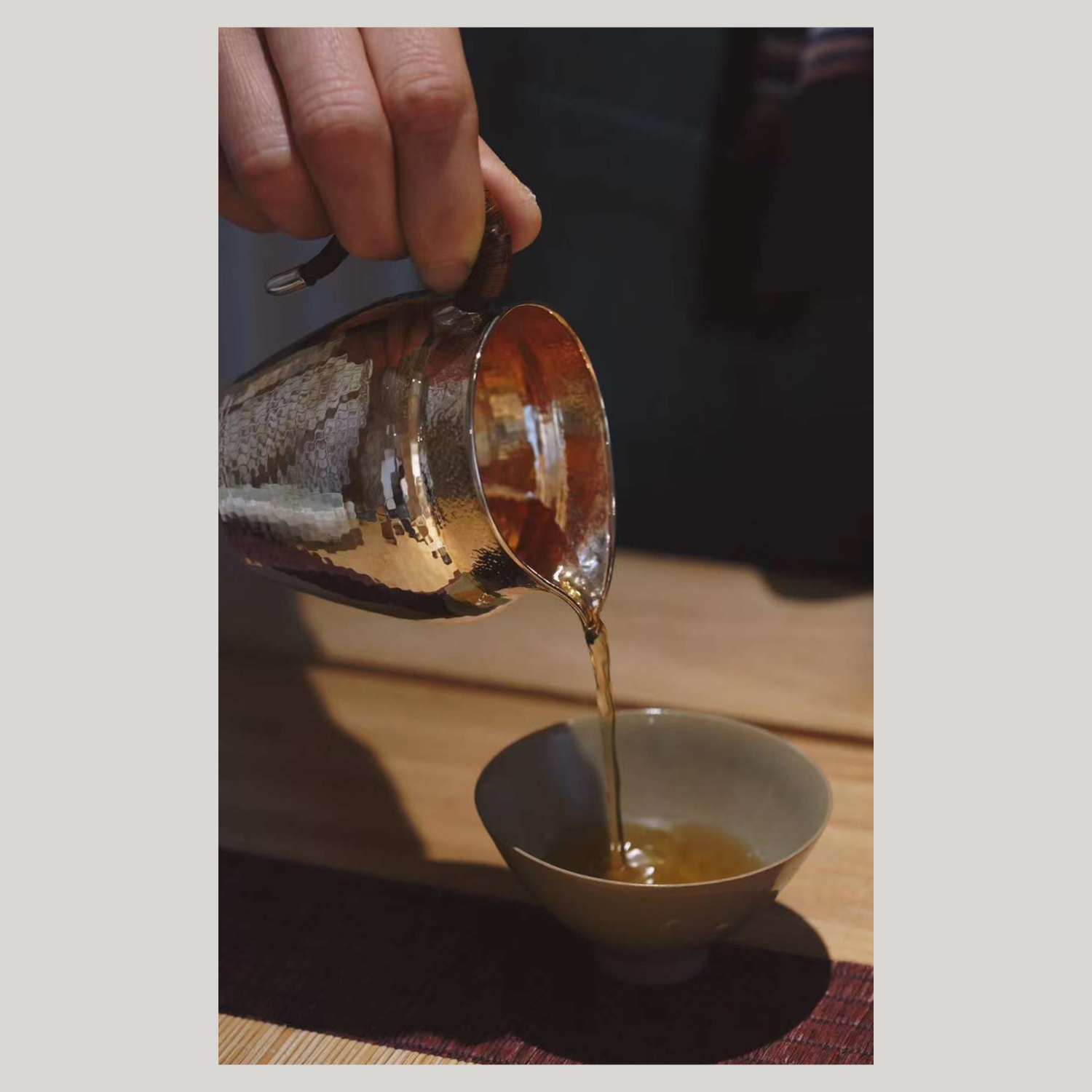 Image 2 of 11
Image 2 of 11

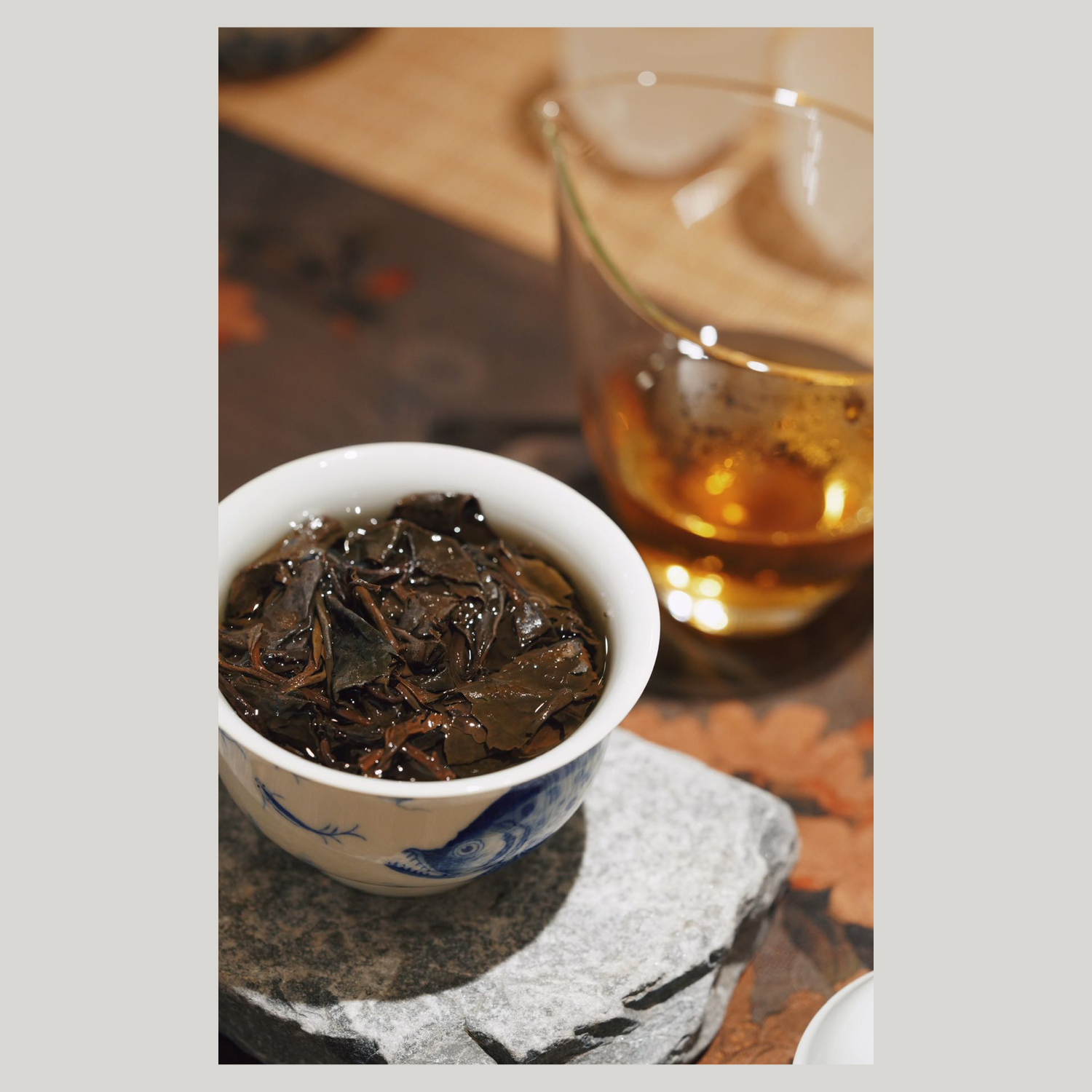 Image 3 of 11
Image 3 of 11

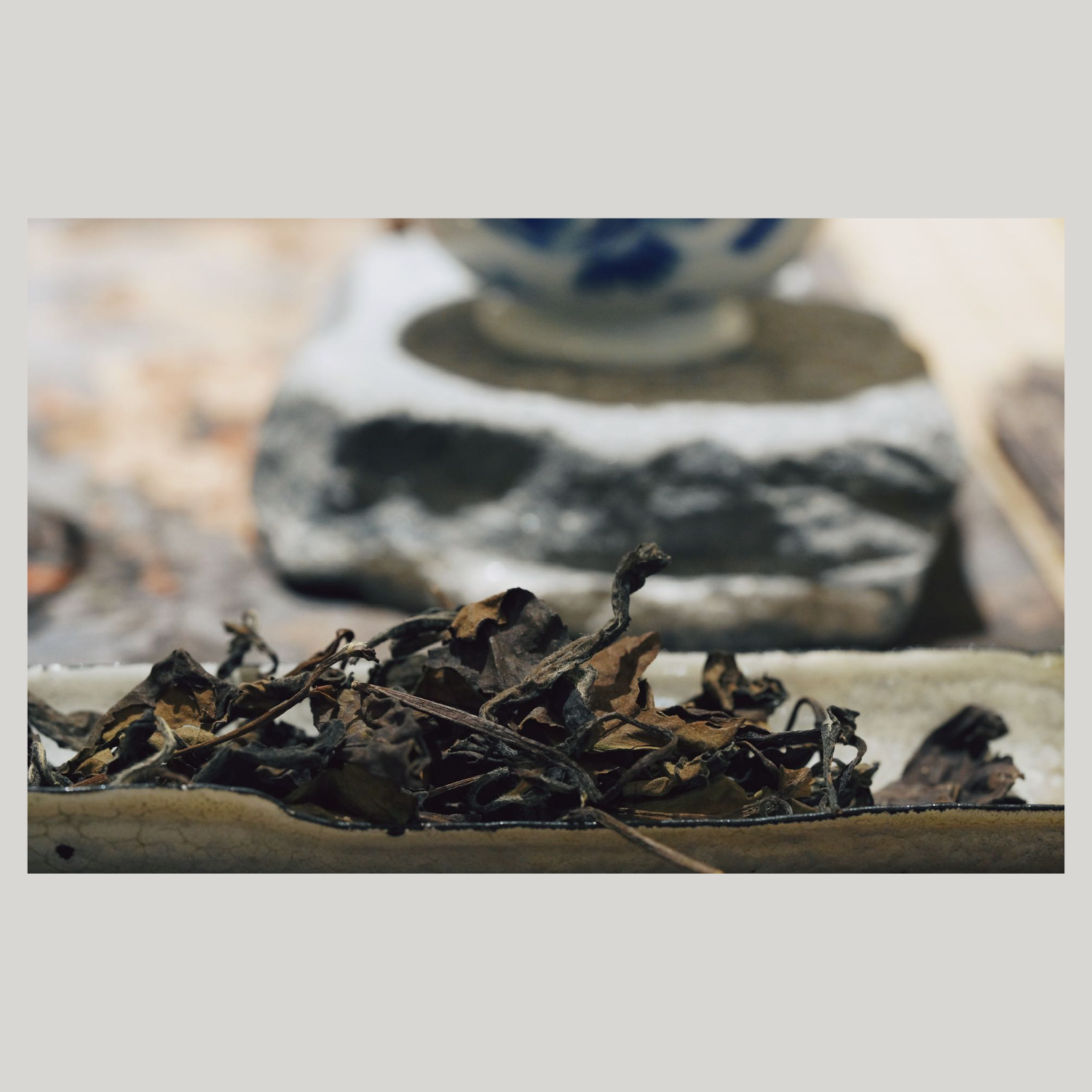 Image 4 of 11
Image 4 of 11

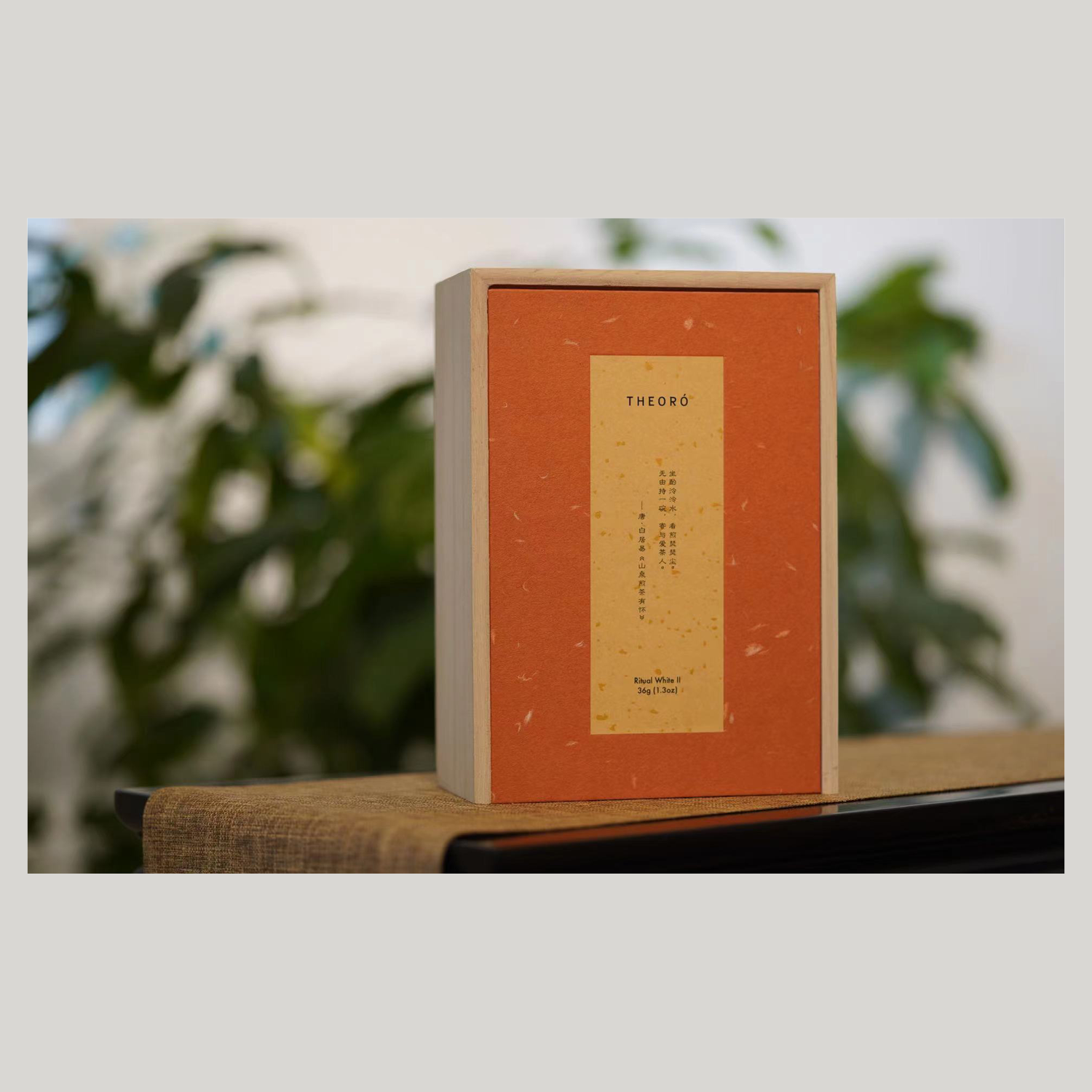 Image 5 of 11
Image 5 of 11

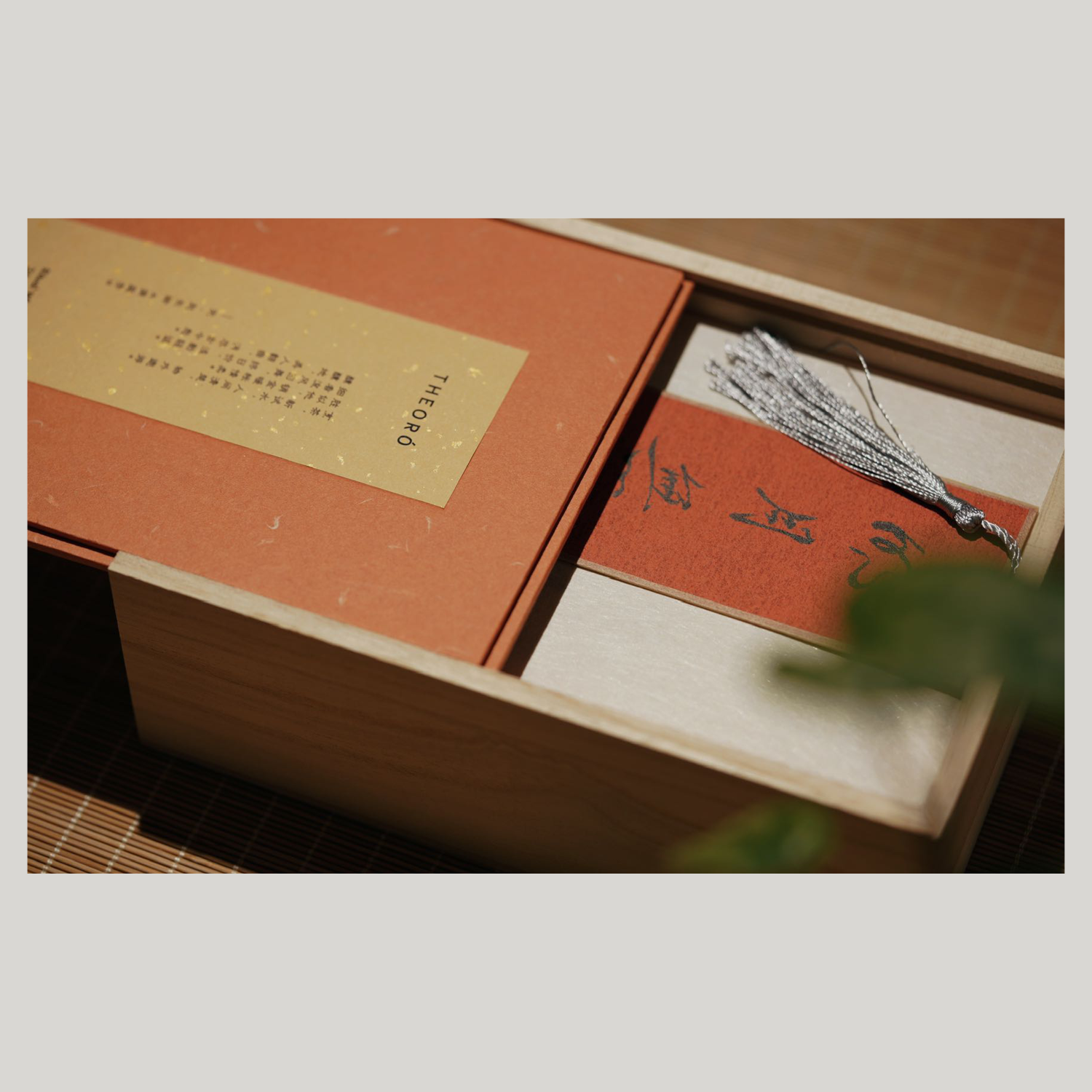 Image 6 of 11
Image 6 of 11

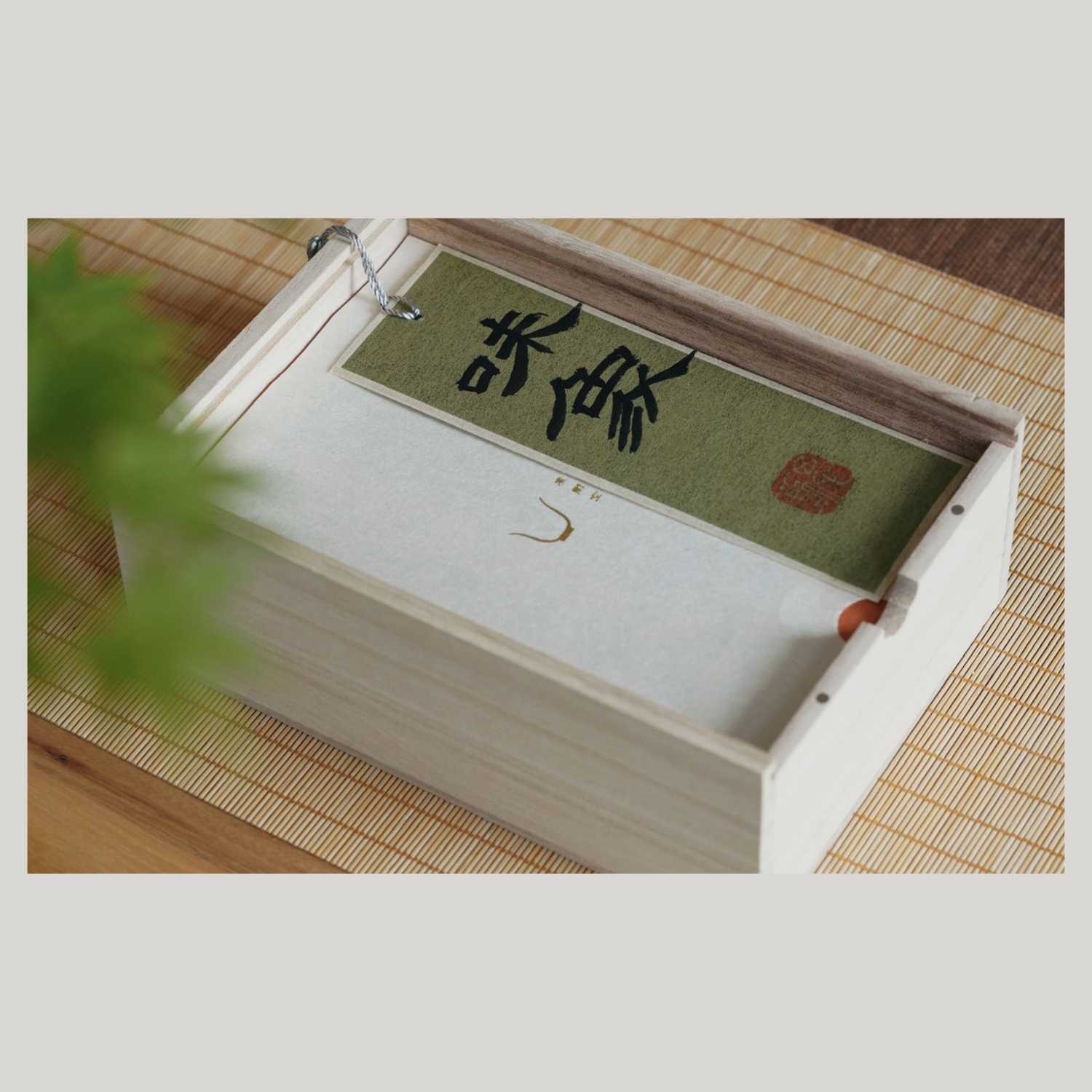 Image 7 of 11
Image 7 of 11

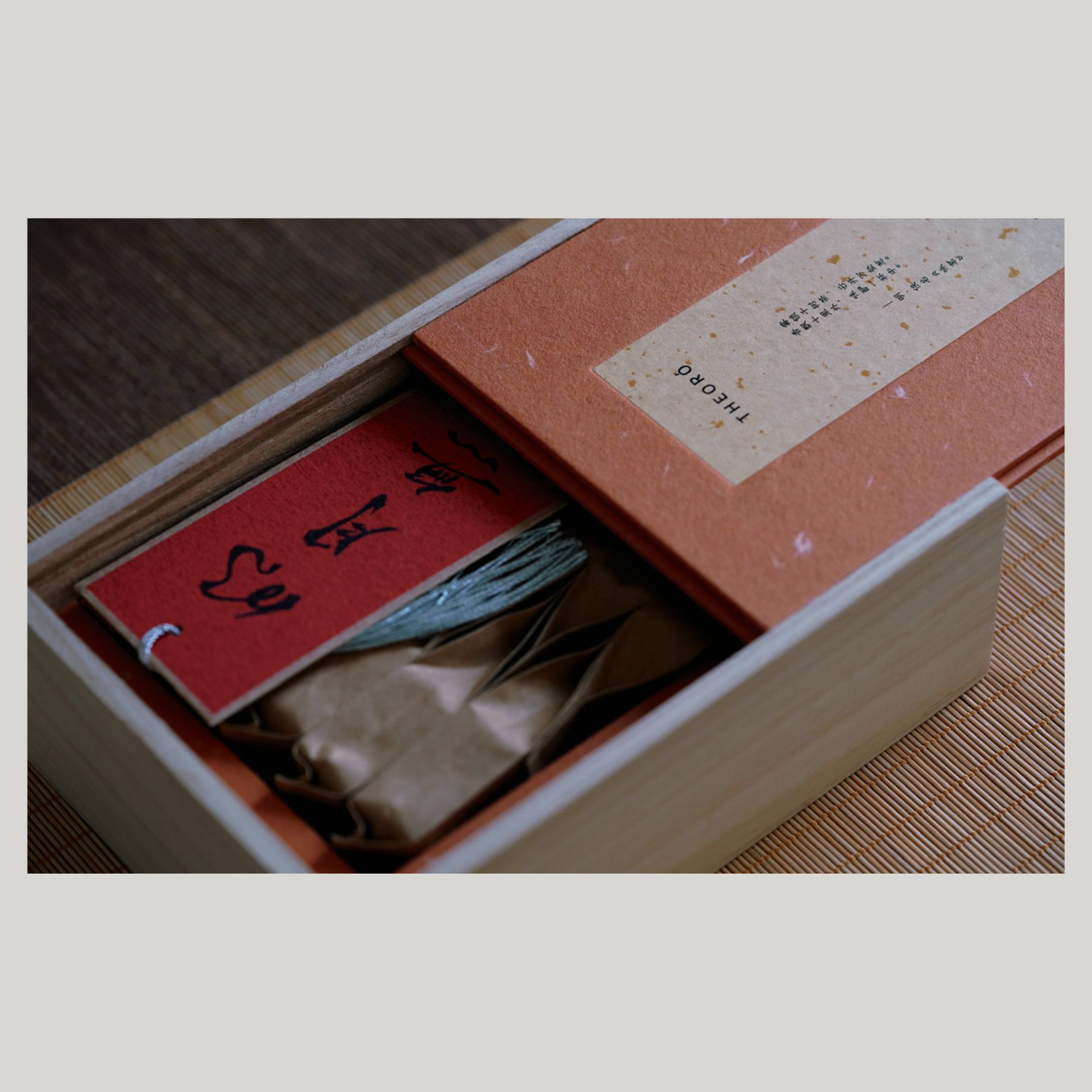 Image 8 of 11
Image 8 of 11

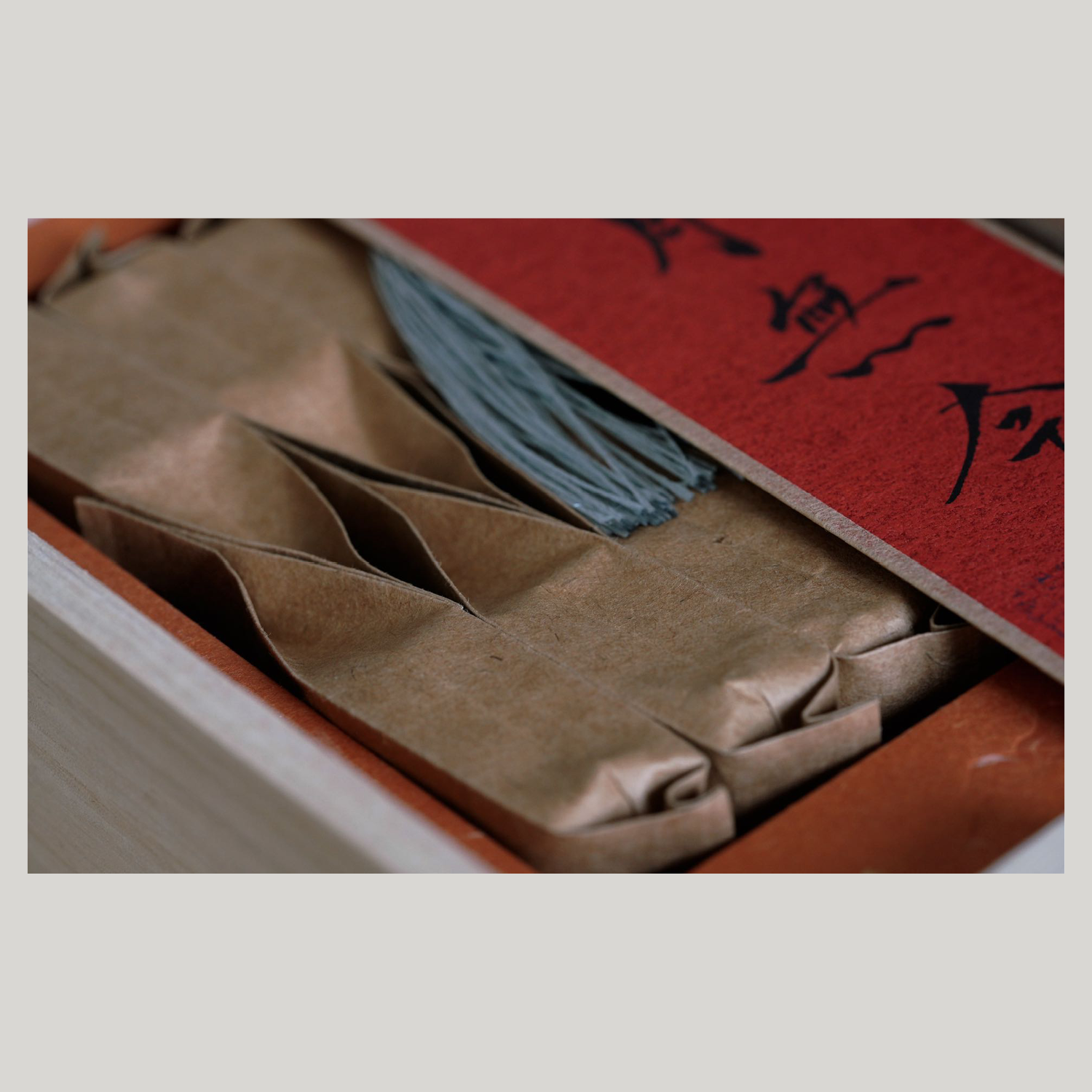 Image 9 of 11
Image 9 of 11

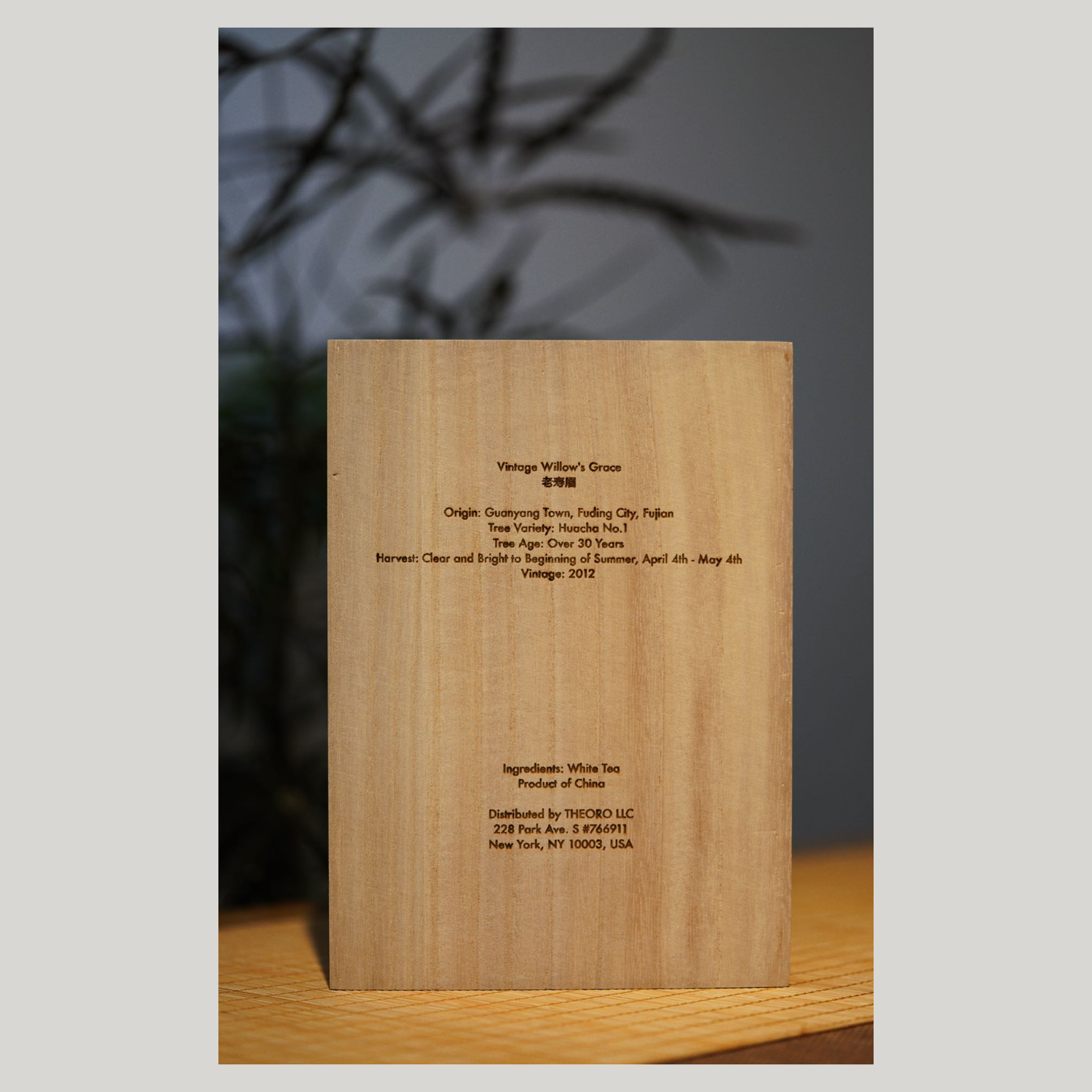 Image 10 of 11
Image 10 of 11

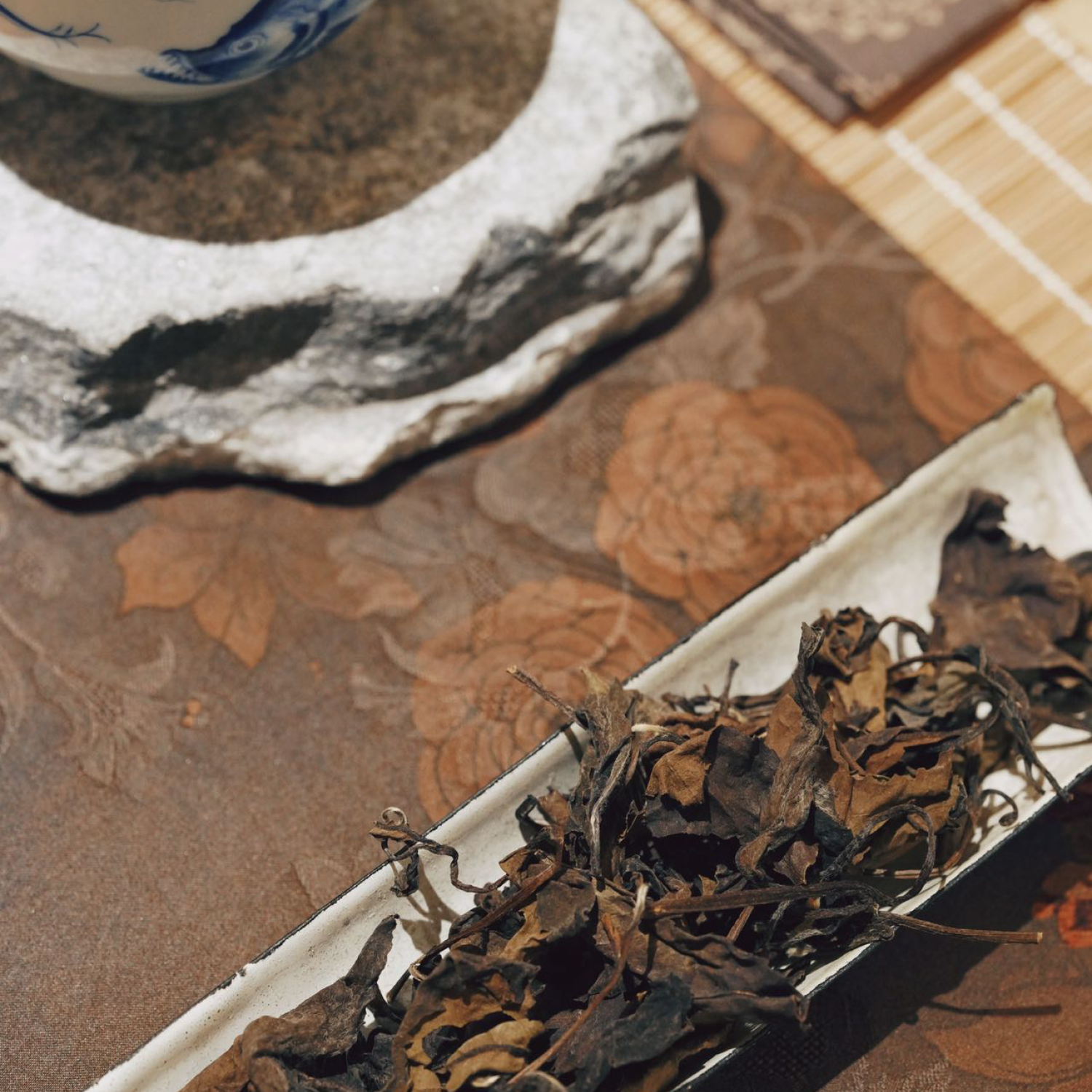 Image 11 of 11
Image 11 of 11












Ritual White II
Vintage Willow’s Grace
老寿眉
Origin: Fujian, Fuding City, Guanyang Town
Tree Variety: Huacha No.1
Tree Age: Over 30 Years
Harvest: Clear and Bright to Beginning of Summer, April 4th - May 4th
Vintage: 2012
Each Box: 36g / 10 Packets / Makes 60+ Cups (487+ fl oz)
Each Packet: 3.6g / Makes 6+ Cups (48.7+ fl oz)
Maximum $0.83 per Cup ($1.64 per 16 fl oz)
Vintage Willow’s Grace
老寿眉
Origin: Fujian, Fuding City, Guanyang Town
Tree Variety: Huacha No.1
Tree Age: Over 30 Years
Harvest: Clear and Bright to Beginning of Summer, April 4th - May 4th
Vintage: 2012
Each Box: 36g / 10 Packets / Makes 60+ Cups (487+ fl oz)
Each Packet: 3.6g / Makes 6+ Cups (48.7+ fl oz)
Maximum $0.83 per Cup ($1.64 per 16 fl oz)
Vintage Willow’s Grace
老寿眉
Origin: Fujian, Fuding City, Guanyang Town
Tree Variety: Huacha No.1
Tree Age: Over 30 Years
Harvest: Clear and Bright to Beginning of Summer, April 4th - May 4th
Vintage: 2012
Each Box: 36g / 10 Packets / Makes 60+ Cups (487+ fl oz)
Each Packet: 3.6g / Makes 6+ Cups (48.7+ fl oz)
Maximum $0.83 per Cup ($1.64 per 16 fl oz)
Profile
Aroma: Patjuk, bamboo forest, sweet corn
Flavor: Jujube, cashew, goji berry
Vitality: Mellow mouthfeel, rich nuances, soft sweetness lingering
Mood: Grounding, reassuring, detoxifying
enjoyment
-
Water: Spring water or purified water.
Temperature: Approximately 200°F (93°C).
Tea-to-Water Ratio: 1 packet of tea per 1/2 cup of water for each infusion.
Tea Ware: Lidded bowl, small teapot.
Note: The recommended tea-to-water ratio and tea ware above are for the Gongfu brewing method. However, you can also use a more Western-style vessel, such as a large teapot, French press, or a water bottle with a removable filter. Simply match the water amount to the size of your chosen vessel.
-
1 ~ 3: Steep quickly, for about 10 seconds each.
4 ~ 6: Steep for about 15 seconds each.
> 6: Adjust steeping time according to personal preference.
Note: When using a Western-style vessel, adjust the steeping time based on the amount of water. For example, if you’re using a french press that holds 2 cups of water (4 times the volume of 1/2 cup), extend the brewing time for infusions 1-2 to 30 seconds for the Ritual White II.
-
Servings: For optimal enjoyment, use each packet for 12 infusions throughout the day.
Duration: Best enjoyed within 2 day.
When: Avoid on an empty stomach, and if you're sensitive to caffeine, skip it after dinner.
Frequency: Limit to 1 packet per day.
Note: When using a Western-style vessel, adjust the number of infusions based on the amount of water. For example, if you’re using a French press that holds 2 cups of water (4 times the volume of 1/2 cup), aim for 3 infusions per packet for the best experience.
-
Medium fare such as stir-fried vegetables and meat, noodle and pasta, or mildly spicy dishes perfectly complements this tea. It also pairs elegantly with mildly sweet snacks like cookies, or Asian dessert and pastry.
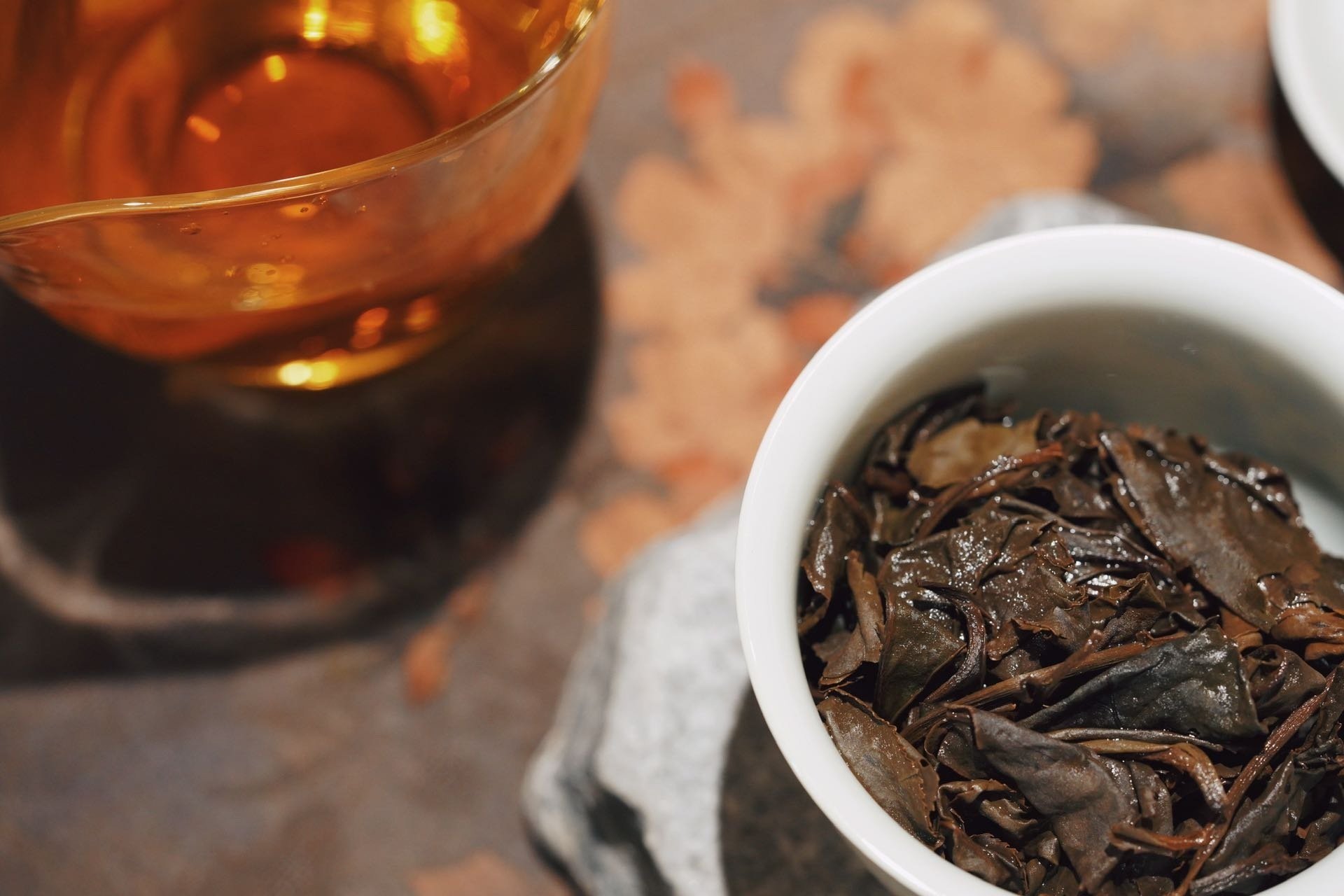
Legacy
According to legend, during the reign of Emperor Yao, a woman named Lan Lan Gu cultivated tea on Tai Mu Mountain. Known for her kindness, she used her Green Snow Bud tea to treat measles, saving countless children. The people of Fuding honored her as “Tai Mu Niang Niang,” believing that the Green Snow Bud tea she planted was the ancient white tea from four thousand years ago.
However, this is merely a legend. According to tea expert Mr. Zhang Tianfu in his work “Research on the History of Fujian Tea,” he stated: “The history of white tea production began in Fuding and then spread to Shui Ji in Jianyang, and later to Zhenghe. In terms of tea varieties, Silver Needle came first, followed by White Peony, Gongmei, and then Shoumei. First came the small-leaf white tea, then large-leaf white, followed by Shui Xian.”
During the Ming and Qing Dynasties, in the 28th year of the Wanli era (1600), Lu Yingyang documented in “Guangyu Ji”: “The famous tea of Funing Prefecture, Tai Mu Mountain, is known as Green Snow Bud.” The “Green Snow Bud” from the ancient tea tree at the top of Hongxue Cave in Fuding’s Tai Mu Mountain is considered the original “mother plant” of Fuding white tea.
In 1857, a tea merchant from Fuding discovered a mother tree of large-leaf white tea in the Tai Mu Mountains that met the criteria of “strong buds with prominent hairs.” He brought it back to his village for cultivation and refinement, achieving great success, which led to the creation of today’s Fuding Da Bai tea. In 1880, tea farmers in Wangjiayang Village successfully cultivated another variety known as Fuding Da Hao, providing a stable foundation for the development of Fuding white tea. Fuding Da Bai tea and Fuding Da Hao tea are what we now refer to as Huacha No. 1 and No. 2, which were recognized as national excellent varieties by the relevant authorities in 1985.
Authenticity
-
Taimu Mountain is the best. Panxi Town, Bailin Town, Diantou Town, Guanyang Town, and Qianqi Town considered to be core area.
THEORÓ Ritual White II is from Guanyang Town.
-
White tea from Fuding, are come from two type of tree variety - Huacha No.1 (Da Bai Cha) or Huacha No.2 (Da Hao Cha).
Huacha No. 1 is better than Huacha No. 2 is due to xxx.
THEORÓ Ritual White II is made with Huacha No. 1.
-
The best tree age for Fuding White tea is between 20 to 60 years old.
THEORÓ Ritual White II is picked from trees that are 30 years old.
-
For Willow's Grace, there are spring vs autumn.
The harvesting period for Spring Shoumei lasts about 20 days, taking place around the time of Grain Rain and concluding before the Beginning of Summer. The harvesting season for Autumn Shoumei occurs in the fall, starting in mid to late August and ending in mid-October. This gives a window of 2-3 months for harvesting.
Additionally, because temperatures are lower in spring, the growth of tea trees is relatively slow, while in the warmer months of August and September, the growth accelerates. As a result, the yield of Spring Shoumei is significantly lower than that of Autumn Shoumei.
THEORÓ Ritual White II is spring Willow's Grace, harvest starts Clear and Bright to Beginning of Summer, April 4th - May 4th.
-
For Willow's Grace white tea, the older the vintage the better. Oppose to Silver Needle which best fresh within the year of harvest. Because white tea is not rolled, the enzymes and polyphenolic compounds are not fully exposed to each other, resulting in a light color and mild flavor in the tea infusion. This unique characteristic also provides potential for the slow and subtle enzymatic oxidation of polyphenols in the tea over time.
As time passes, theaflavins, thearubigins, and theabrownins gradually synthesize. Therefore, high-quality white tea, when properly stored over time, will develop a deeper color, a richer flavor, and its tea infusion will become increasingly sweet and mellow. Additionally, its durability for multiple infusions will also improve over time.
Over 5 years considering good, over 10 years considering premium, rarely has tea with the vintage over 15.
THEORÓ Ritual White II is from the year 2012, with 12 years of Vintage.
Craftsmanship
-
On a cool, sunny day, spread the fresh buds thinly on the withering screen and place them under direct sunlight for drying. After sun-withering for a period, the leaves are transferred to a shaded area, rested, then returned to sunlight periodically, with intervals in between. It neither promote nor inhibit the activity of polyphenol oxidase, allowing a natural oxidation process of the internal substances.
During sun-withering, the breakdown and transformation of chlorophyll give white tea its characteristic gray-green color. The sweetness of white tea comes from the accumulation of amino acids. After 60 hours of withering, the amino acid content significantly increases, reaching its peak after 72 hours.
When the grassy smell fades, there is no bitterness or astringency, the taste becomes mellow, and a fresh or floral aroma develops, the withering is considered optimal. At this point, the withering process should be stopped promptly, and the tea should proceed to the next phase.
-
Roast-drying is done through charcoal fire, which maintains a lower temperature but requires longer drying times. It halts further oxidation of the tea leaves. This step is critical for shaping the aroma, flavor, color, and overall character of the tea, as well as controlling its moisture content.
Roast drying reduces moisture, eliminates low-boiling-point grassy odors, enhances its fragrance, reduces the bitterness of the tea infusion, and increases its sweetness and smoothness, thereby creating the signature qualities of white tea, such as the white buds, fresh and sweet flavors, and a smooth, refreshing taste.

